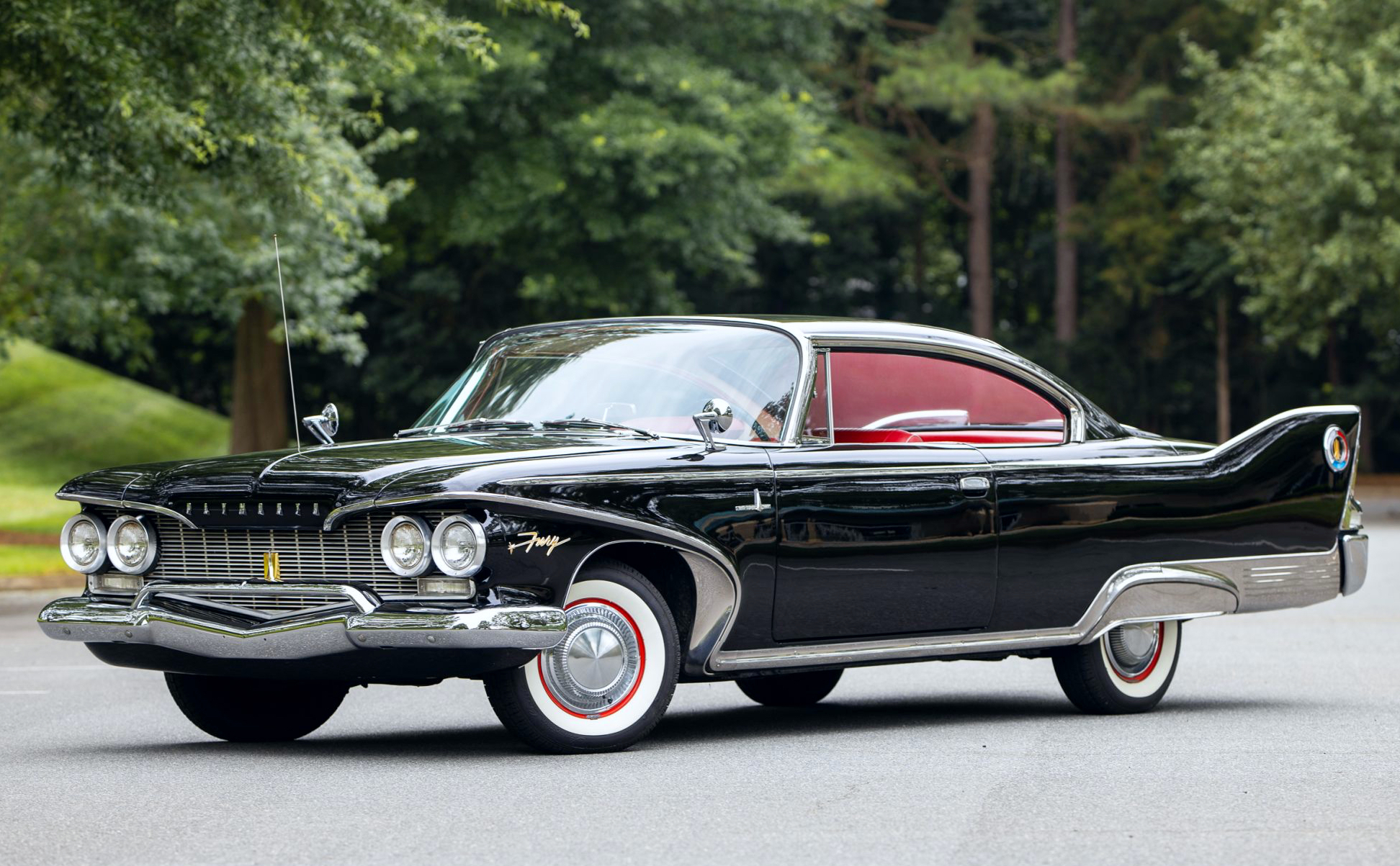
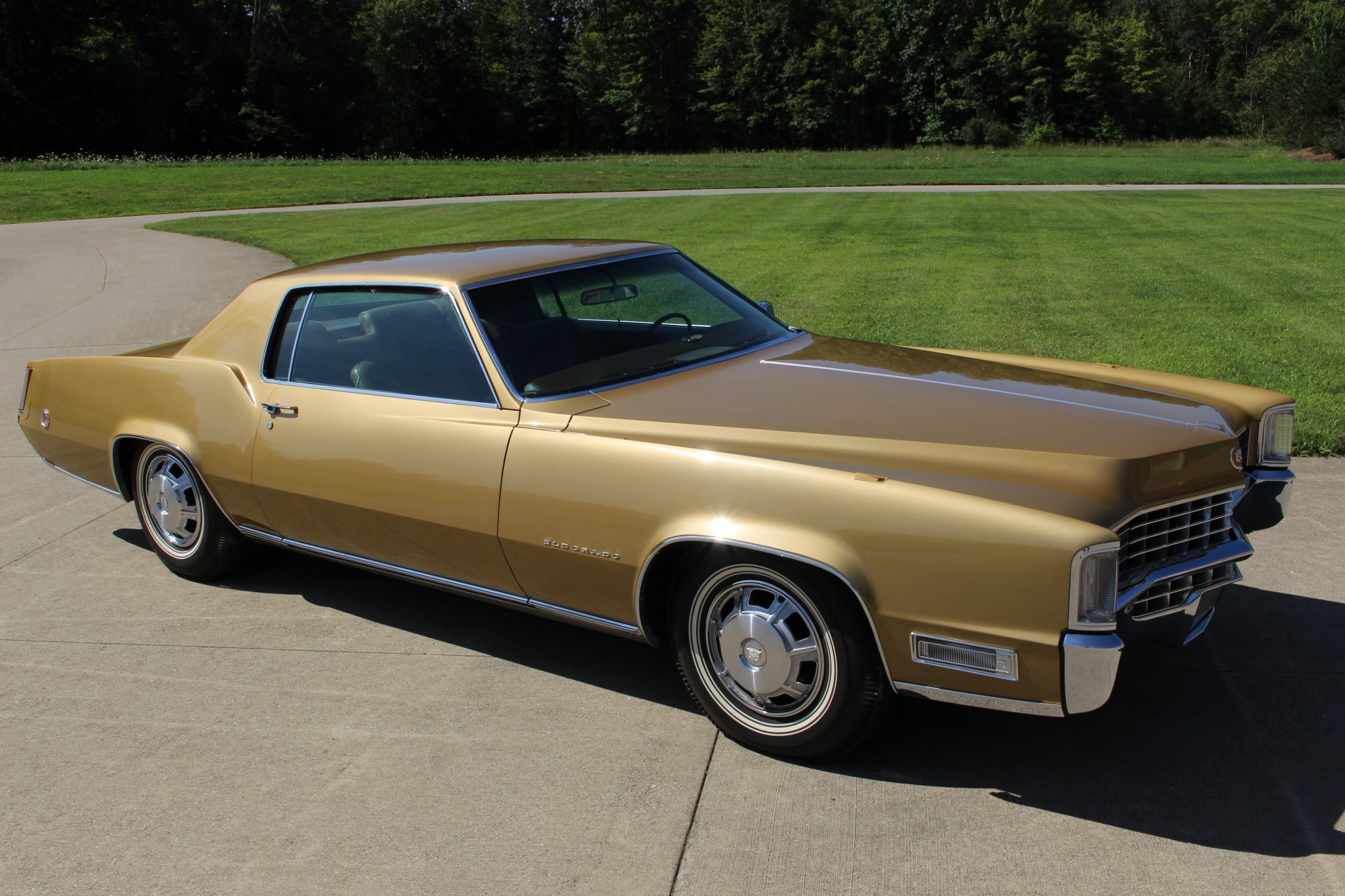
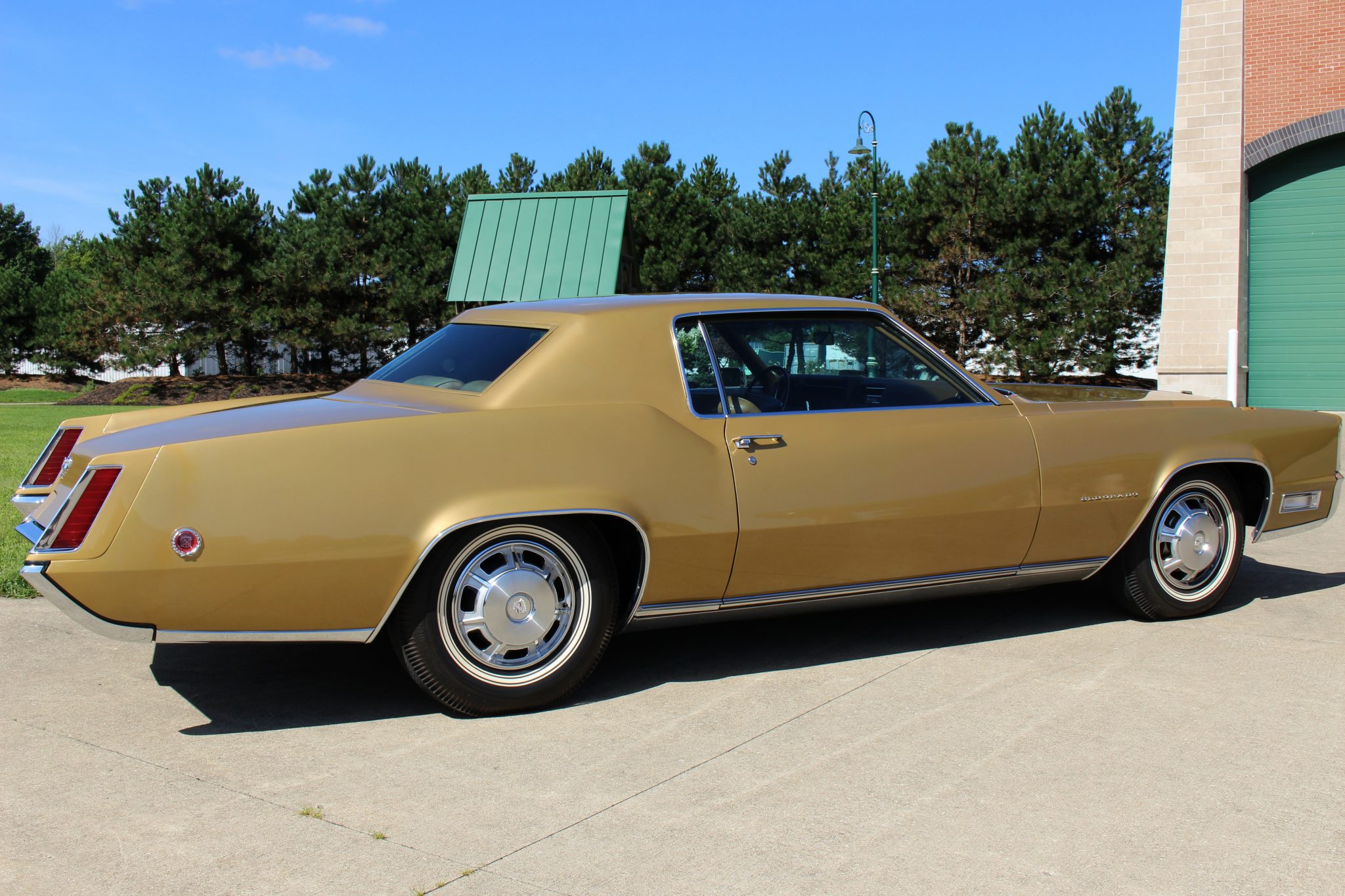
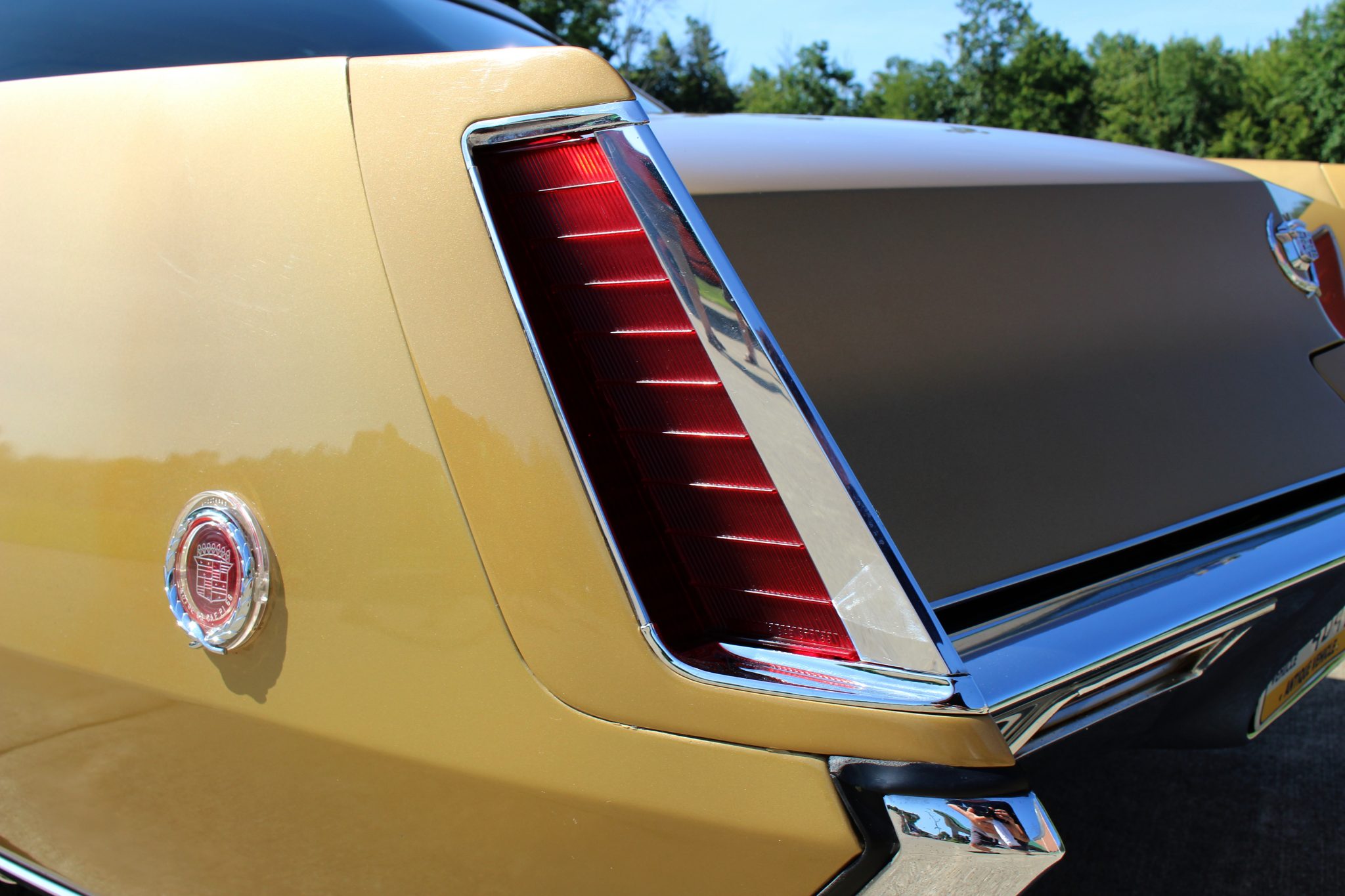
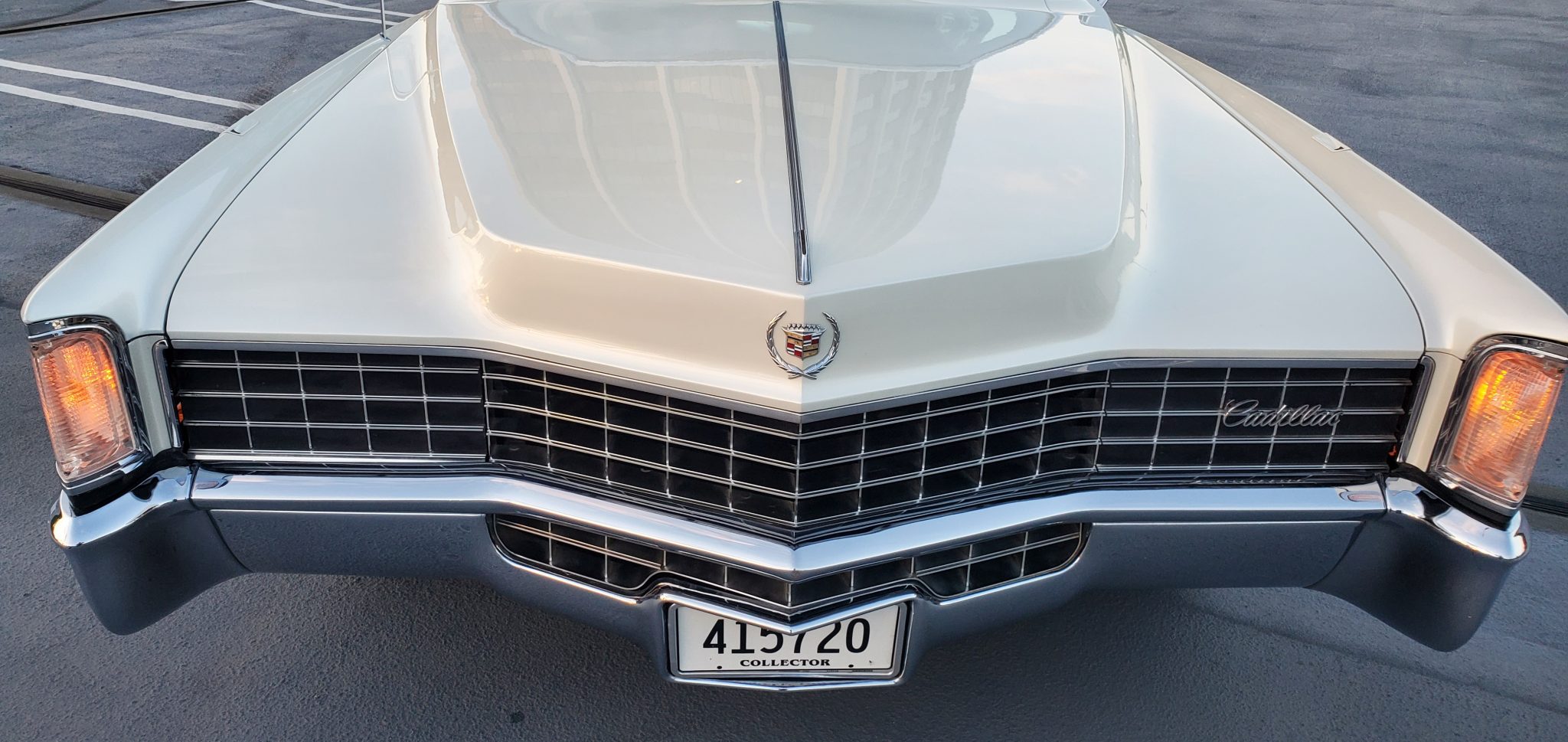
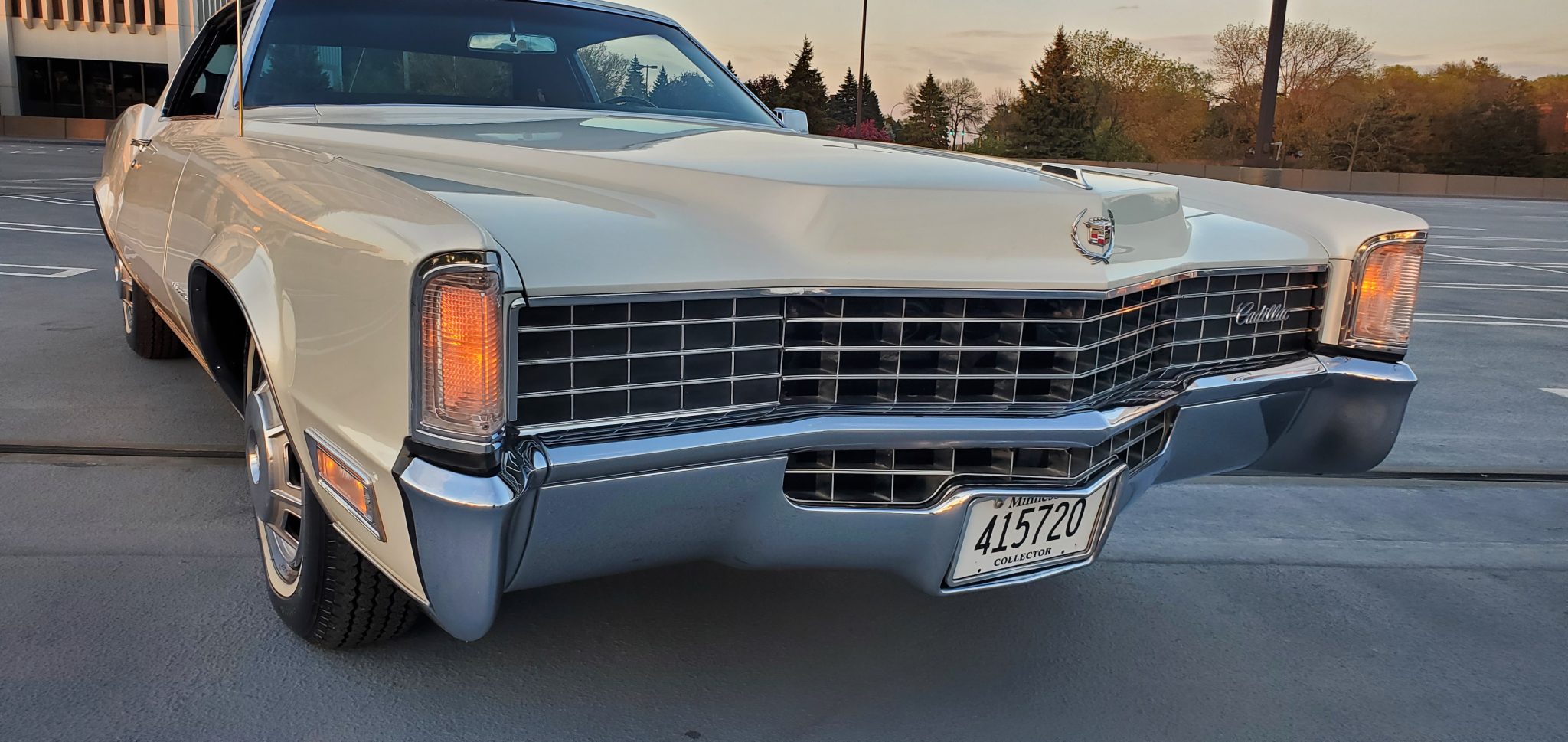
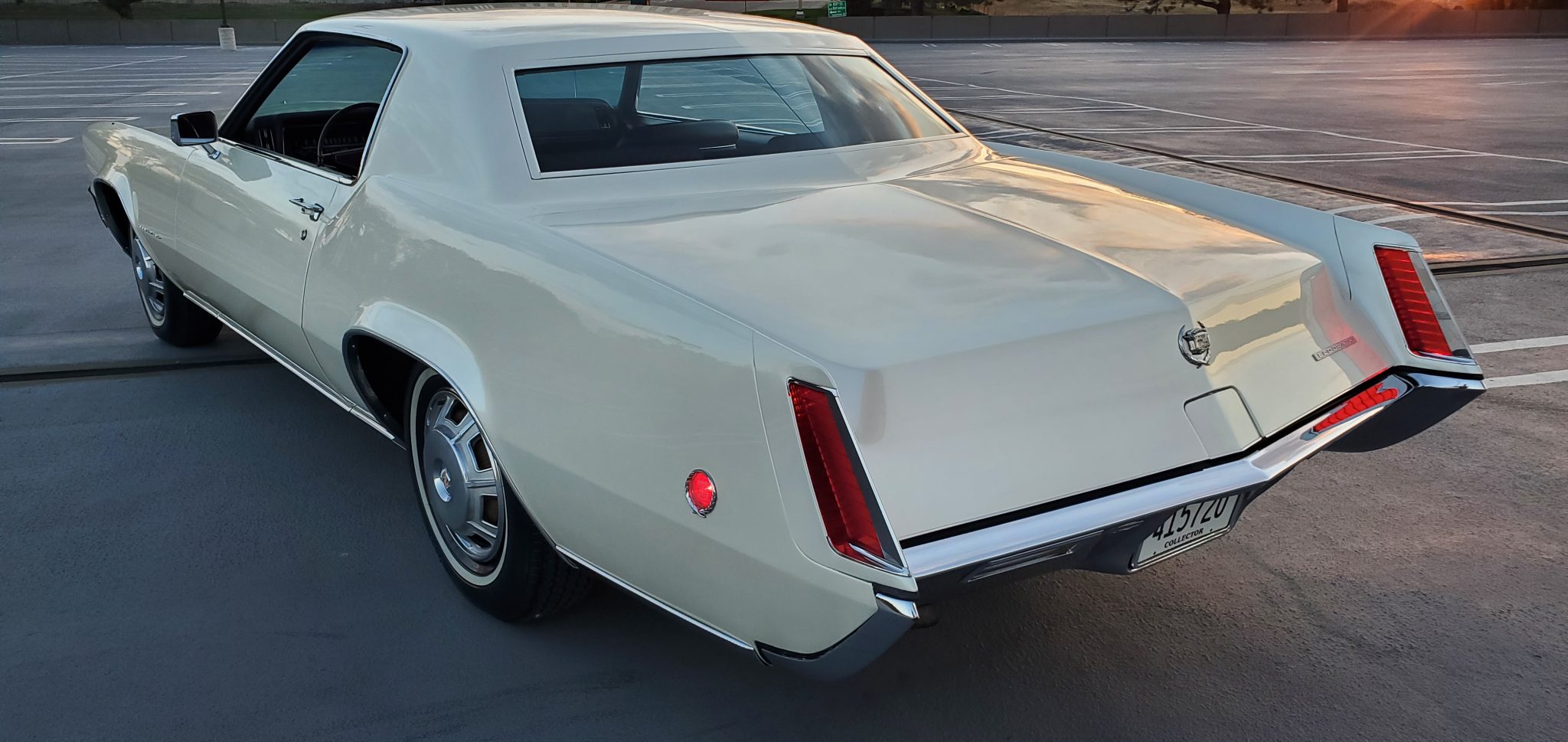
If you’re not familiar with the term mid-century modern (“MCM”), it refers to a design and architectural style that was popular from the end of World War II until the close of the 1960s, although the exact end of the period varies depending on who you ask. Some say the mid-1960s, while others say mid-1970s.
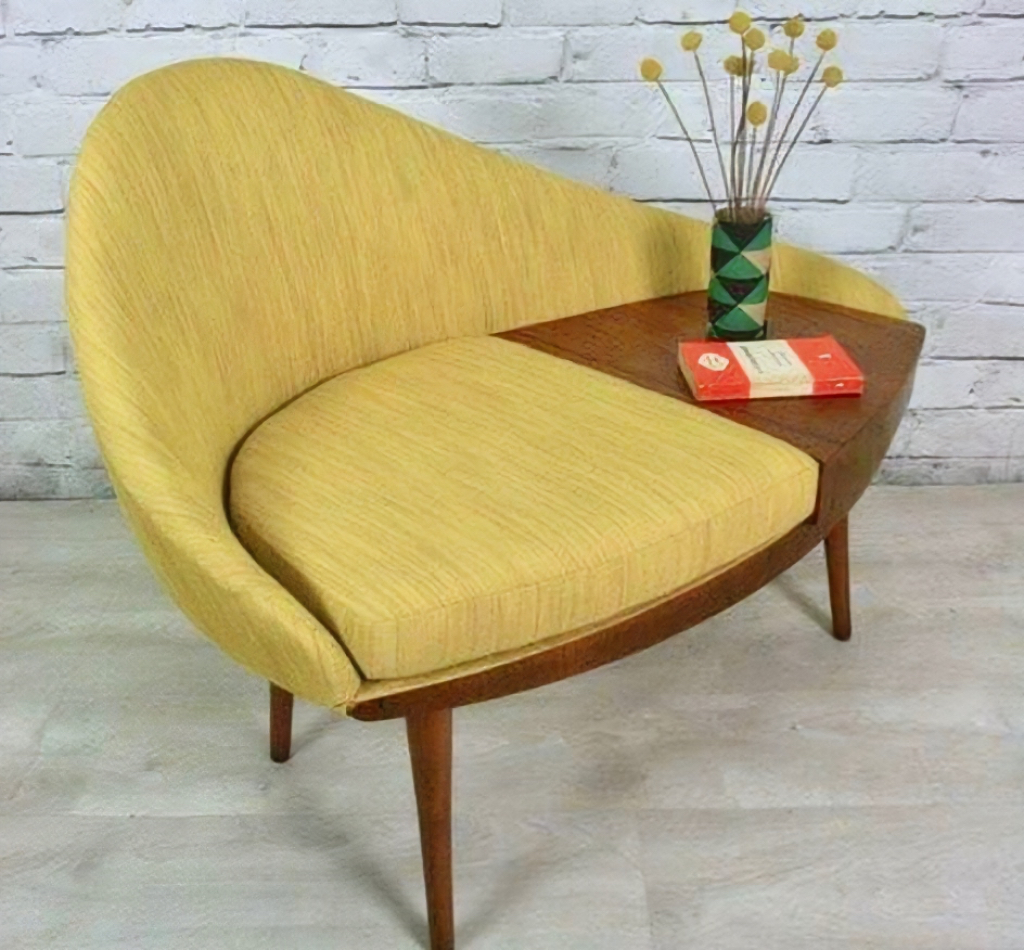
Mid-century modern style, when it comes to all things, is characterized by “clean lines, minimalistic design, and an emphasis on functionality”. In a recent automotive forums conversation, we found ourselves in an enthusiastic discussion of which cars might embody those mid-century vibes more than others. Naturally, it begged the question what exact years frame the beginning and end of the MCM automotive world.
It’s pretty much established that the beginning of the MCM period was the end of World War II. But when it applies to automobiles, I’m going to suggest things actually began in 1948 since it took automakers a few years to start phasing out their pre-war designs. Plus, that was the year tail fins began to sprout subtly – first appearing on Cadillacs.
Establishing the end year of the MCM automotive period is a little more difficult. Recently, I had the chance to talk with veteran auto journalist Jamie Kitman about what years and favorite vehicle he felt best represented the MCM period. To him, it began right after World War II and came to an end in late 1963 – a time commonly associated with the emergence of the Beatles and Vietnam War as well as the assassination of JFK. Kitman added, however, “The end could be somewhat flexible – personal to each person based on their age and experiences”. His top MCM vehicle? Volvo’s P1800 coupe spanning 1961-72 model years. An excellent choice now added to the list.
My opinion about the final MCM automotive year differs from Jamie Kitman and most others I’ve gotten feedback from because, to me, the period includes everything through the end of 1971. My childhood involved growing up during the 1970s in an authentic 1955 three-bedroom split level house with real MCM style furniture throughout. Having thoroughly lived the real-world MCM experience, I can say with clarity that it was the early 1970s that the prestige and appeal of these items began to wane and be regarded as passe. Understand that I’m not putting down split-levels because to do so would be to put down myself. It was the opinions of others that I observed to be changing permanently.
Another reason I remain steadfast about 1971 is because it’s generally agreed upon that a period of time known as the “malaise era” began in 1972 as the U.S. automotive industry struggled to adapt to new government regulations mandating consistently better fuel economy, lower pollution levels, and increasing crash safety. The malaise part signifies the general unease and disregard for overall quality that swept through most American auto company management and labor as corners were cut during the design and production processes.
During the 1970s especially, this translated to anemic horsepower, low build quality, reduced performance, and what seemed like a general disinterest in crafting better cars. The optimism of each new automotive model year bringing ever more powerful and awesome choices than the year before had been a thing since 1948. But with 1971, that unconditional future excitement was inarguably over.
Back to MCM.

Let’s deviate from cars for a moment and talk a little more about mid-century modern architecture. We’ll note that if you google that very term “mid-century modern architecture”, you’ll typically find today’s fond visualizations of the period that don’t accurately represent the everyday three-bedroom ranches, split levels, or even “raised ranches” constructed all over the United States during 1950s and 60s across the United States.

High-end, avant-garde residences as seen on the top row of the picture above will fill your search screen, yes, but they’re not like 98% of what really existed – and still exists. Naturally, the same high-end vs. low-end factor applies to automobiles, more so during the MCM period because luxury brand cars were not as prevalent as they are today.
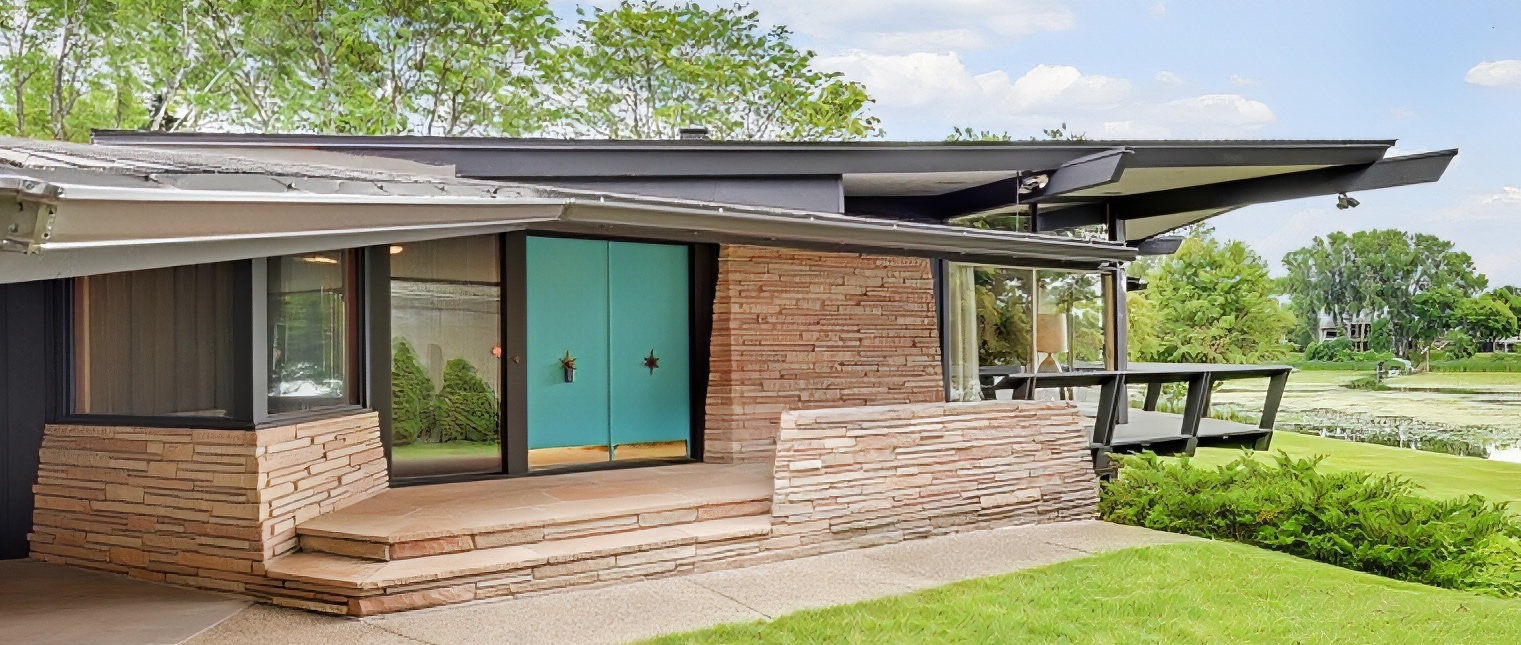
We kept this is mind when we were thinking about cars from our time frame of 1948-71. So that begs the question do we celebrate the most stylish examples with a high price tag? Or do we pay homage to the best-selling, plain, bread-and-butter cars that were most commonly found everywhere?
We decided to put all nominees from both categories in. They’re shown in the list below not in chronological order, but in order of base price (adjusted for inflation) advertised during their introductory model year. Let us know what you think deserves top mention…
1st GENERATION VOLKSWAGEN BEETLE ($1,280 base price in 1950 / $16,765 in today’s dollars)
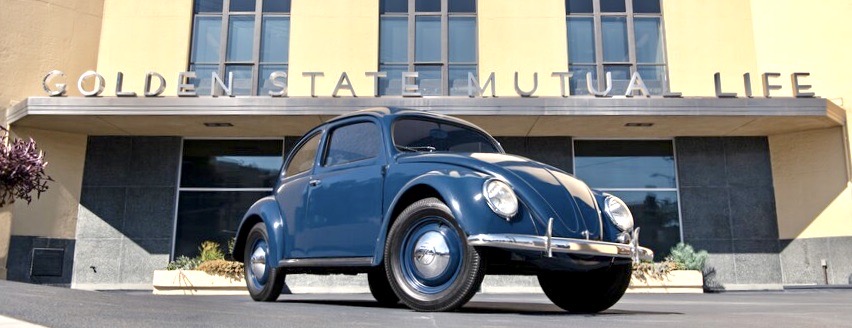
Technically, the first year VW Beetles (also known as the “Type 1”) were imported to the United States was 1949 – but since only two were sold stateside, we’re counting 1950 as the first meaningful year. More specifically, the standard Volkswagen Type 1 two-door sedan cost $1,280. The DeLuxe Sedan was $1,480, the Sunroof Sedan was $1,560 and the Cabriolet topped out at $1,997.
Generations of drivers of all ages either owned a Beetle themselves or had a friend or family member who drove one. The fact that it’s 1940s roots remained basically unchanged through the end of the 1970s in the U.S. (Gen I production continued through 2003 in Mexico) should make this car a top contender for the MCM period.
1954-62 NASH / HUDSON METROPOLITAN ($1,445 base price in 1954 / $16,947 in today’s dollars)
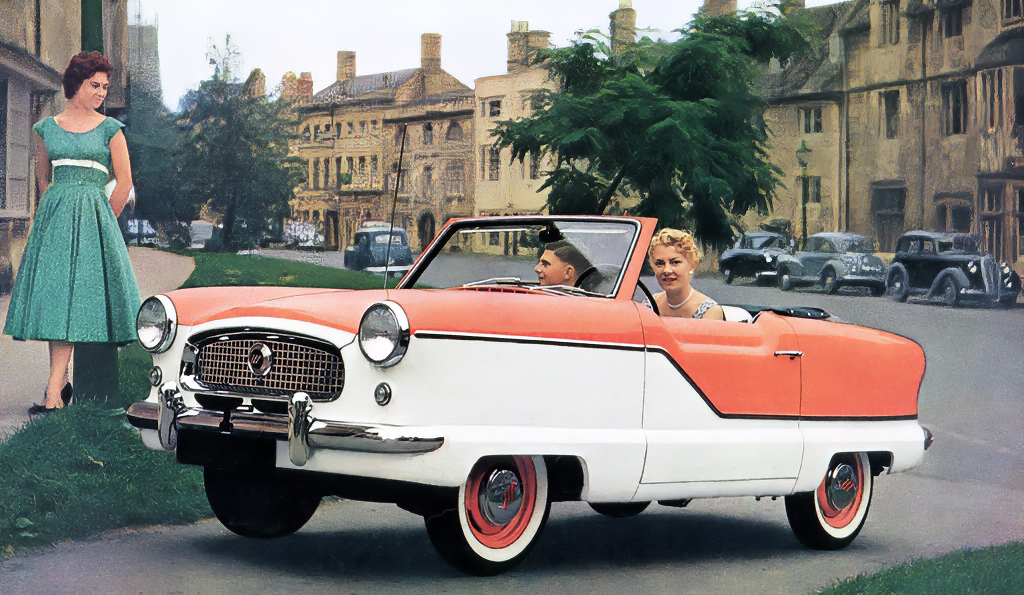
While very early 1954 Metropolitans were sold strictly as Nash models, a merger later that year between Nash-Kelvinator and Hudson Motor Car Company changed that. The American Motors Corporation was created as a result, and soon after by the middle of 1954, the Metropolitan was sold as both as a “Hudson Metropolitan” and a “Nash Metropolitan”. Both versions were identical and differed only by grill emblems and horn buttons.
The Metropolitan was priced competitively against the Volkswagen Beetle, also marketed as an extremely affordable second car in a two-car family for Mom taking the kids to school or for Dad using it a railroad station car. Compared with the typical American car of the 1950s, the Metropolitan was considered “remarkably nimble” by many early testers, and “the consensus is that the Metropolitan isn’t just fun to look at, it’s fun to drive too”. Owners of the cars reported that the “Metropolitan is a good thing in a small package”
1955-57 CHEVROLET BEL AIR. ($1,593 base price in 1955 / $18,646 in current dollars)
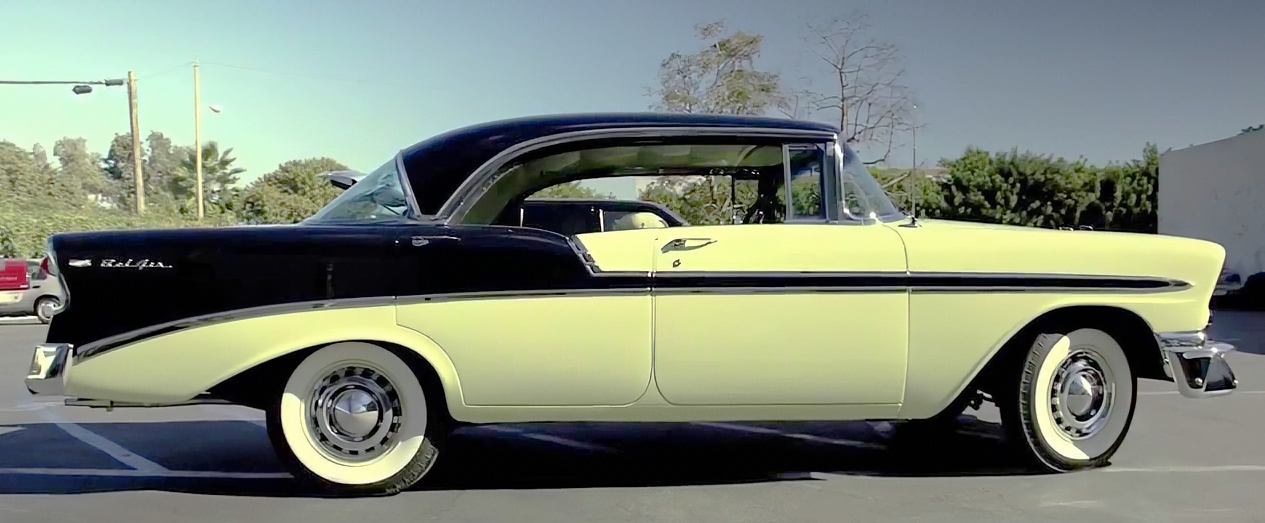
The 1955 Bel Air is a cornerstone of American automotive history, often hailed as the car that introduced a new era of design and performance for Chevrolet. One of the things we like about the Bel Air is that it was among of the first 4-door pillarless hard top sedans – a trend that started on 1956 GM cars with exception of the 1955 Oldsmobile.
Aside from the Bel Air’s popularity when new and high recognizability today, the 4-door pillarless open interior is a perfect match for the way midcentury modern architecture emphasized ample windows and open floor plans, with the intention of opening up interior spaces and bringing the outdoors in.
Mechanically, it was the first Chevrolet to offer the legendary small-block V8 engine, a 265 cubic-inch powerplant that delivered impressive performance for the time. The introduction of this engine marked the beginning of Chevy’s dominance in the MCM muscle car era.
1960-69 CHEVROLET CORVAIR ($1,984 base price in 1960 / $21,158 in current dollars)
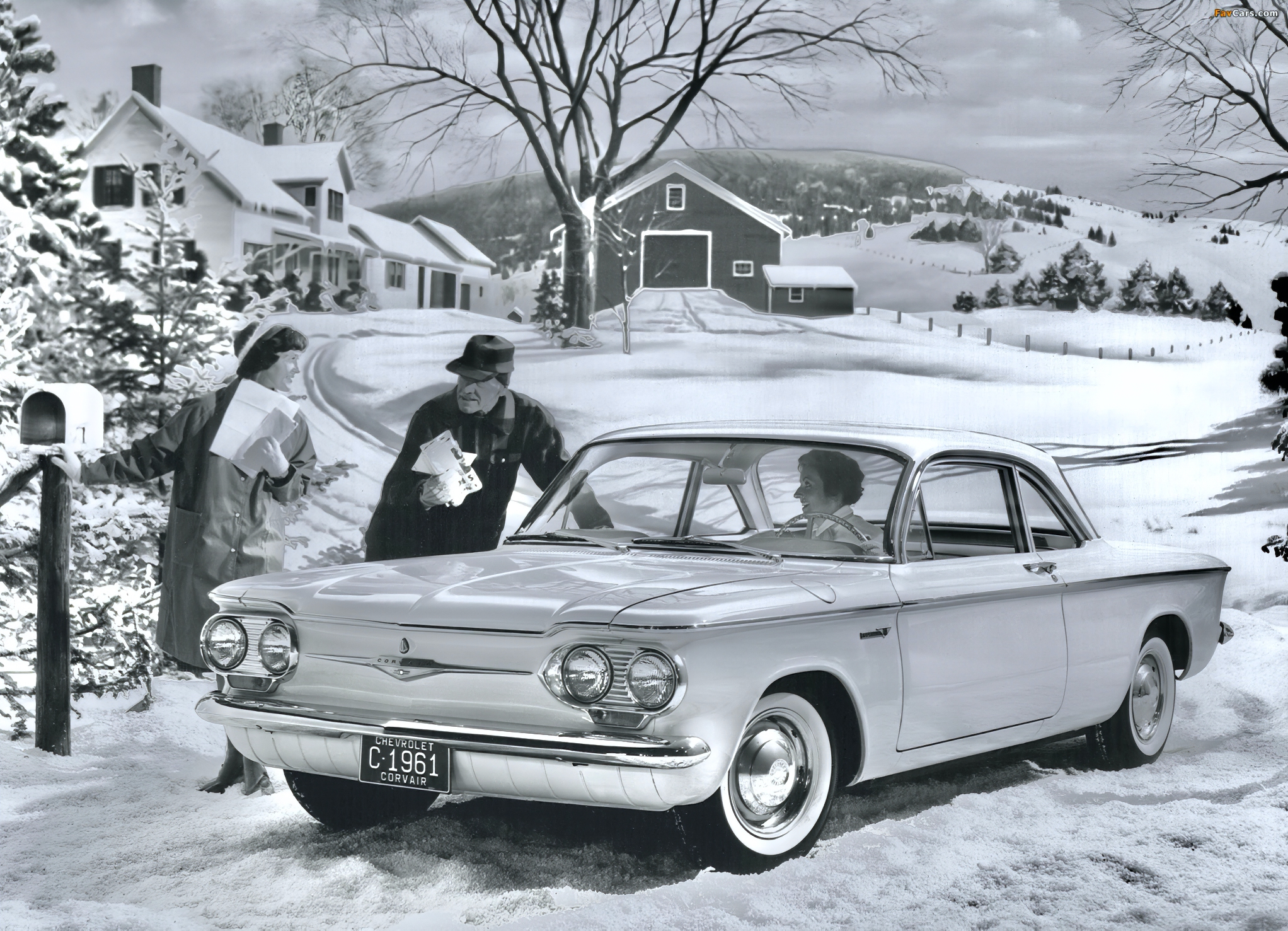
With the success of Volkswagen’s Beetle, Bus, and Karmann-Ghia during the 1950s in the economy segment, General Motors gained great respect for how all three models achieved maximum model diversity and sales using one single platform. So much so, GM engineers were inspired to create their own VW competitor that featured the same layout – a rear mounted, air-cooled engine driving the rear wheels. With a coupe, sedan, van, and pickup model, imitation of VW was the sincerest form of flattery.
That said, all Corvair models sought to improve on the Volkswagen designs by being more American – with larger overall dimensions, more interior room, recognizable styling, and thicker steel. Like VW air-cooled engines, the Chevrolet ones featured a horizontally opposed design that resulted in a flat overall shape that saved space and sat low in the rear engine bay. However, all Corvair engines featured 6 cylinders rather than 4.
When you think about it, an American car fully inspired by MCM era 1950 through 1970s rear engine VW engineering, and produced only during the 1960s, really deserves a spot on the list.
1953-59 STUDEBAKER COUPE ($1,868 base price in 1953 / $21,946 in current dollars)
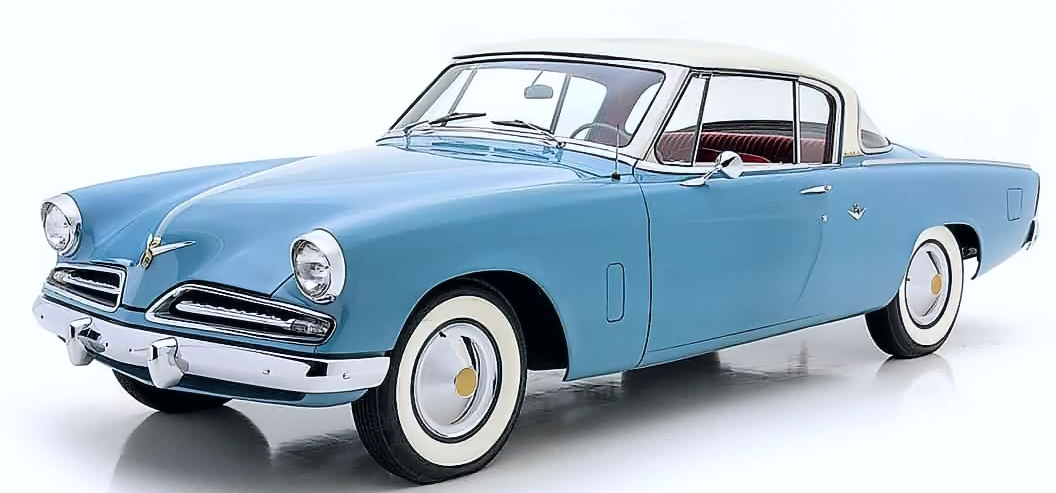
Introduced for the 1953 model year, Studebaker’s new coupe technically came in six versions. Starting with models that featured a B-pillar between front and rear side windows, there was the Starlight in both six-cylinder Champion and V8-powered Commander forms – in either DeLuxe or Regal trim. More expensive “pillarless” hardtops, offered only in Regal trim, were called Starliner, again available in both the Champion and Commander series. In 1958-59, some were even rebranded as Packards.
The public was quite taken with what Studebaker advertising called the coupe’s “European look.” In fact, many buyers preferred it to the comparatively dumpy-looking sedans, which debuted several weeks before the coupe. Studebaker had not anticipated that — at the time, coupes seldom accounted for more than 15-20% of total sales — and had not allotted enough production capacity to meet the demand. Worse, the stylish coupes dampened any appetite the public might have had for the rest of the Studebaker line. Some customers who couldn’t get a coupe simply walked away rather than settle for a sedan.
The wide selection of models mentioned above lead to a range of prices from $1,868 for the Champion DeLuxe Starlight (about $140 more than a Chevrolet 210 club coupe) to $2,374 for a Commander Regal Starliner (within $25 of a two-door Oldsmobile Super Eighty-Eight).
1964-66 FORD MUSTANG ($2,368 base price in 1964 / $24,099 in current dollars)
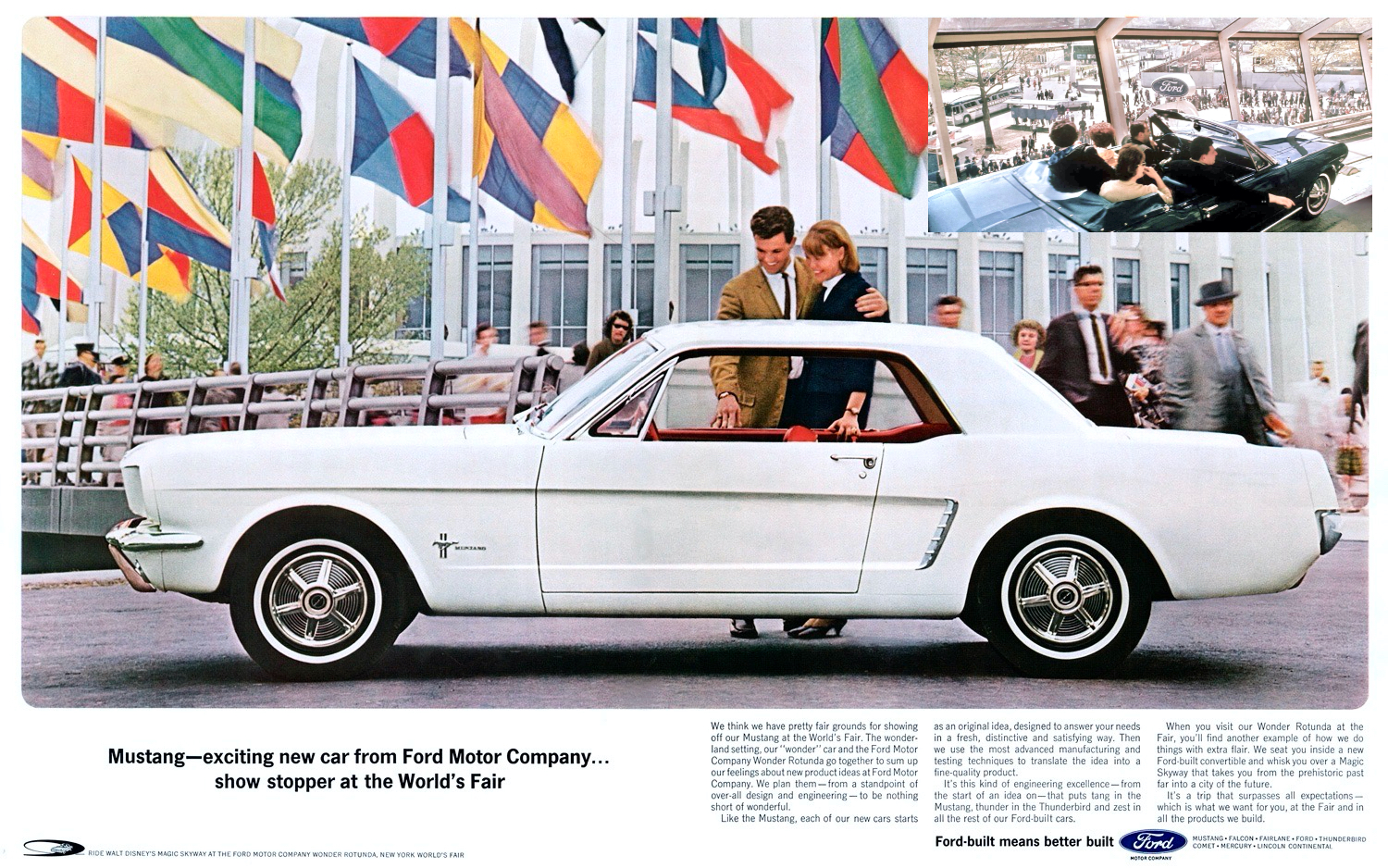
As far as mid-century modern cred goes, it’s hard to beat a car that was introduced at a World’s Fair, namely the 1964 Ford Mustang. Officially unveiled by Henry Ford II at the World’s Fair in Flushing Meadows, New York, on April 17, 1964, it also debuted that same day in Ford showrooms across America. Named for a World War II fighter plane, the Mustang was the first of a type of vehicle that came to be known as a “pony car.” Ford sold almost 22,000 Mustangs that first day, and over 400,000 within its first year of production – far exceeding sales expectations.
1950-67 FIRST GENERATION VW BUS ($1,913 base in 1950 / $25,056 in current dollars)
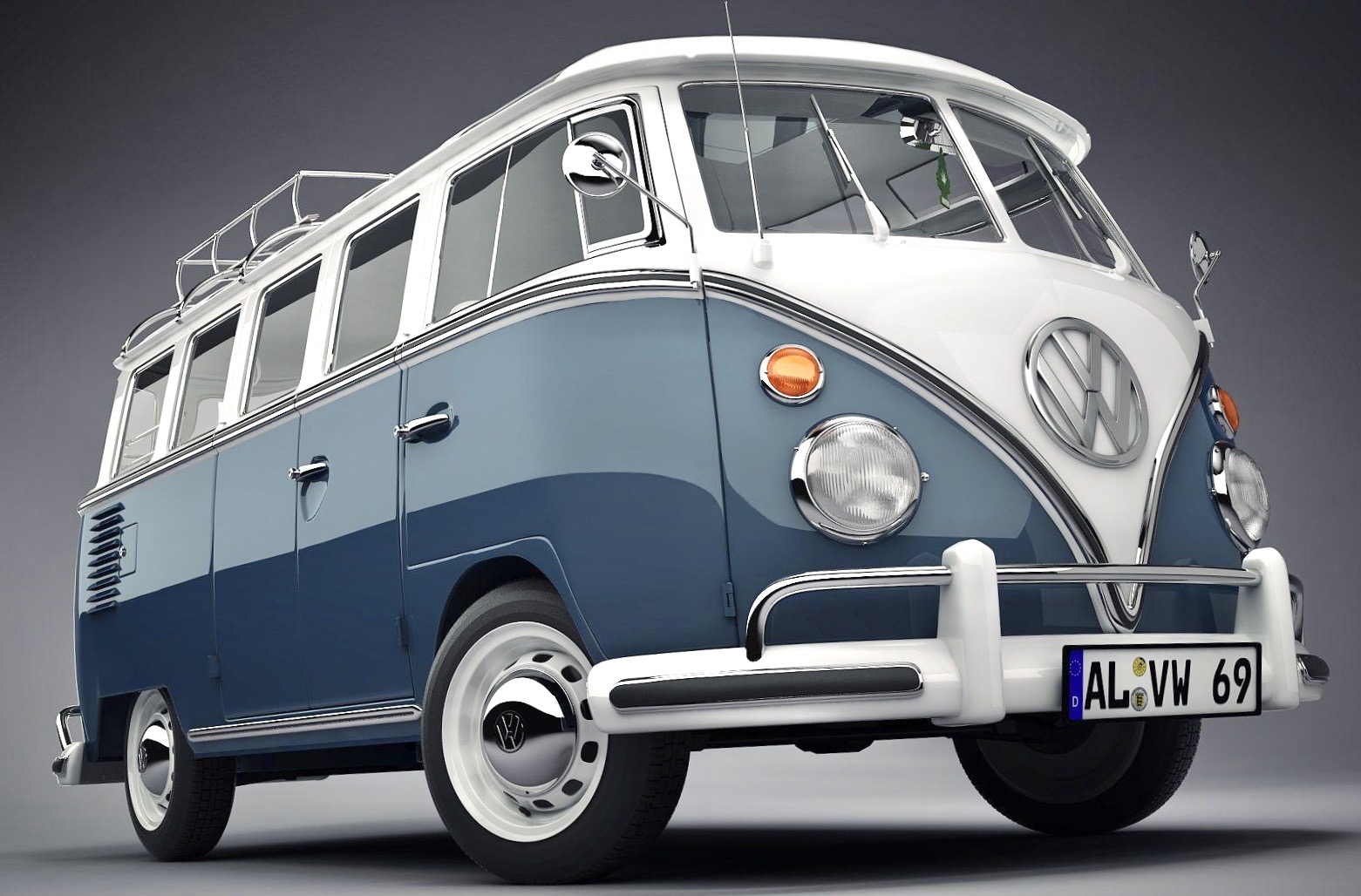
First created in 1950, the Volkswagen Transporter (known to us as the “Bus” or “Microbus”) was introduced in the U.S. market that same year shortly after the Beetle. Clever design work and packaging allowed a spacious van body to fit onto the same frame as the Beetle, with the wheelbase unchanged. After a successful run which lasted through 1967, the Bus was redesigned for the 1968 model year to a more squared-off design that ran through 1979.
Considering how many of these served original owners as family haulers of young baby boomer children in the 1950s and ’60s only to come on the used car market and serve those same children who were now young adults through the civil rights and Vietnam era, these first-generation busses have earned a rightful spot on the MCM vehicles list. Plus, they had some natty two-tone color choices available – inarguably a very mid-century modern plus!
1955-74 VOLKSWAGEN KARMANN GHIA ($2,290 base price in 1955 / $26,972 in current dollars)
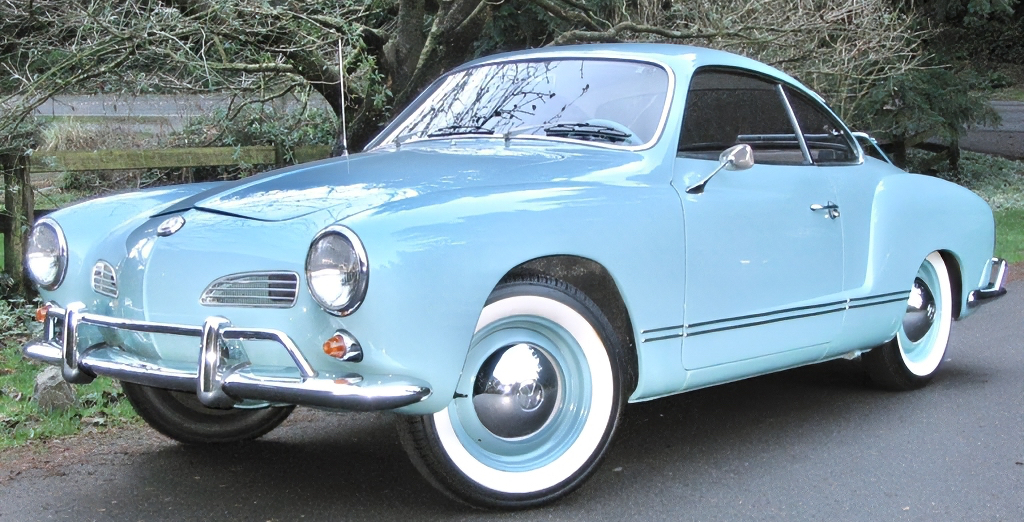
Now a sought-after classic car with a loyal following, the 1955 – 1974 VW Karmann Ghia model was based on Beetle underpinnings but given a custom body designed by Italian firm Carrozzeria Ghia S.p.A and built by Karmann Ghia coach works. With a more powerful engine and lower weight than the Beetle, it was marketed with success as an affordable sports car – albeit with a higher price that generated good profits for Volkswagen. A convertible variation was introduced for 1957,
Styling revisions were made for the 1962 model year, and larger, more modern taillights integrated the reversing lights and larger wrap-around turn signals for 1970. In 1972, larger bumpers replaced the slim originals, and tail lights were again enlarged. For the USA model only, 1973 modifications mandated by the National Highway Traffic Safety Administration (NHTSA) included energy-absorbing bumpers. A carpeted package shelf replaced the rear seat. After the 1974 model year, the Karmann Ghia was replaced by the new, front-wheel-drive Golf-based Scirocco.
1958-59 EDSEL. ($2,489 base price in 1958 / $26,972 in current dollars)
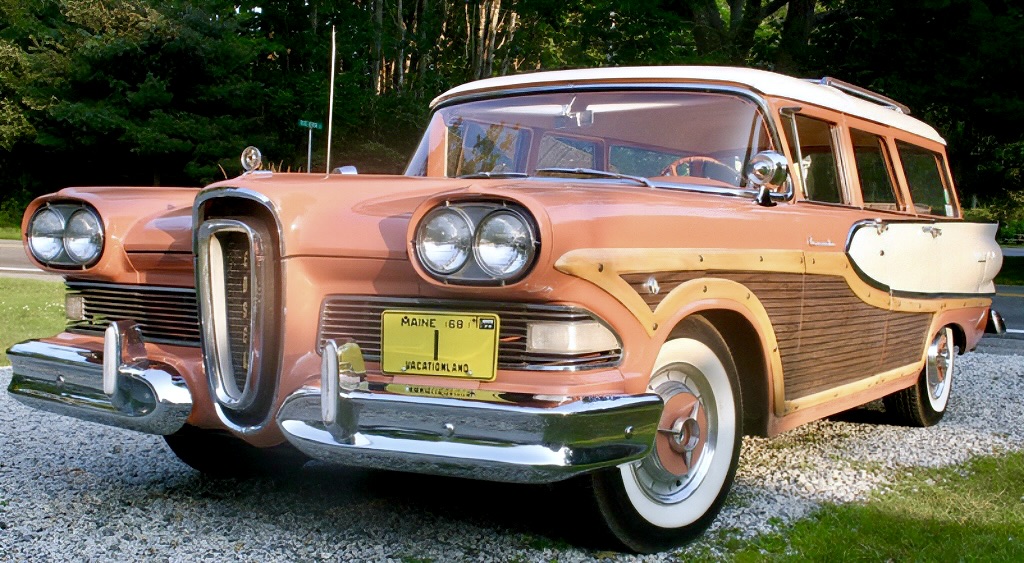
The Edsel marque launched as a new stand-alone brand of the Ford Motor Company for 1958. Edsel’s marketing goals were to pit its lower-priced models (built on a smaller Ford frame) against Pontiac and Dodge, while bigger models based on Mercury’s large-car platform) challenged higher brands such as Oldsmobile and DeSoto. This would allow the Mercury brand to be positioned upmarket against prestige brands such as Buick and Chrysler. All Edsel wagons used the Ford platform.
During this time, both Chrysler Corporation and Ford Motor Company were trying their hardest to match the five-brand strategy that had proven so successful for General Motors.
If the Ford line was making 15 cars per hour in 1957; Ford expected the same 15 per hour in 1958+ 1 Edsel. Guess who the assembly line thought was the problem. They had to get different body parts, different interior parts and put them on. They were penalized if they didn’t produce the required number of units. Of course there were fasteners left off, not tightened properly. Wrong parts. So even if someone liked the looks, the quality was not there.
1957-61 CHRYSLER CORPORATION FULL-SIZE CARS. ($2,410 for the lowest 1957 Plymouth Belvedere / $27,058 in current dollars)
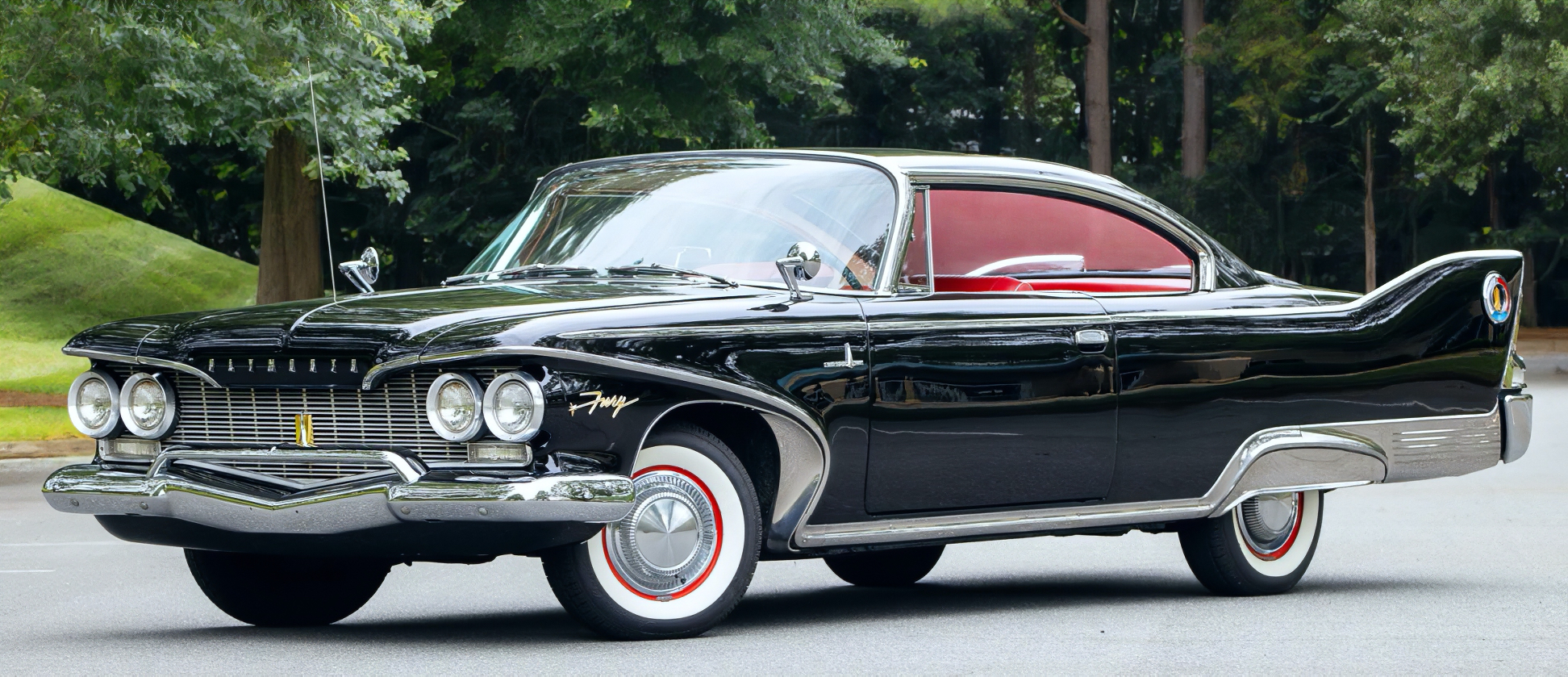
Without question, the stars of the 1957 season were the new full-size offerings from all of Chrysler Corporation’s brands (Plymouth, DeSoto, Dodge, Chrysler, and Imperial). For buyers seeking newness, glamour and the most modern expression of longer, lower and wider, no other company could top Chrysler’s offerings. Engineering was first-rate too, with robust engines and transmissions, along with new torsion bar suspensions that provided better road feel and handling than any domestic competitor. Even mighty GM was startled by the newfound strength of the perennial #3 U.S. automaker. Of course, there was a dark side to the new products–abysmal quality–which would lead to long-term brand damage. But when the cars were shiny and new, making their first appearances in Motor Trend and on showroom floors, there was nothing but wonder.
the 1957 Chrysler models were a big hit and offered a great design, and on a historical note, never before had a Chrysler new model introduction sparked so much spontaneous enthusiasm – not even the unveiling of the first Forward Look cars in the fall of 1954. It was said that Chrysler dealers in New York City were so enthusiastic during the preview of the show, on Oct. 5, that consumers had mobbed the new Chrysler models on the runways and had stopped the show along with the performances for 15 minutes.
1960-61 FORD STARLINER ($2,610 in 1960 / $27,659 in current dollars)
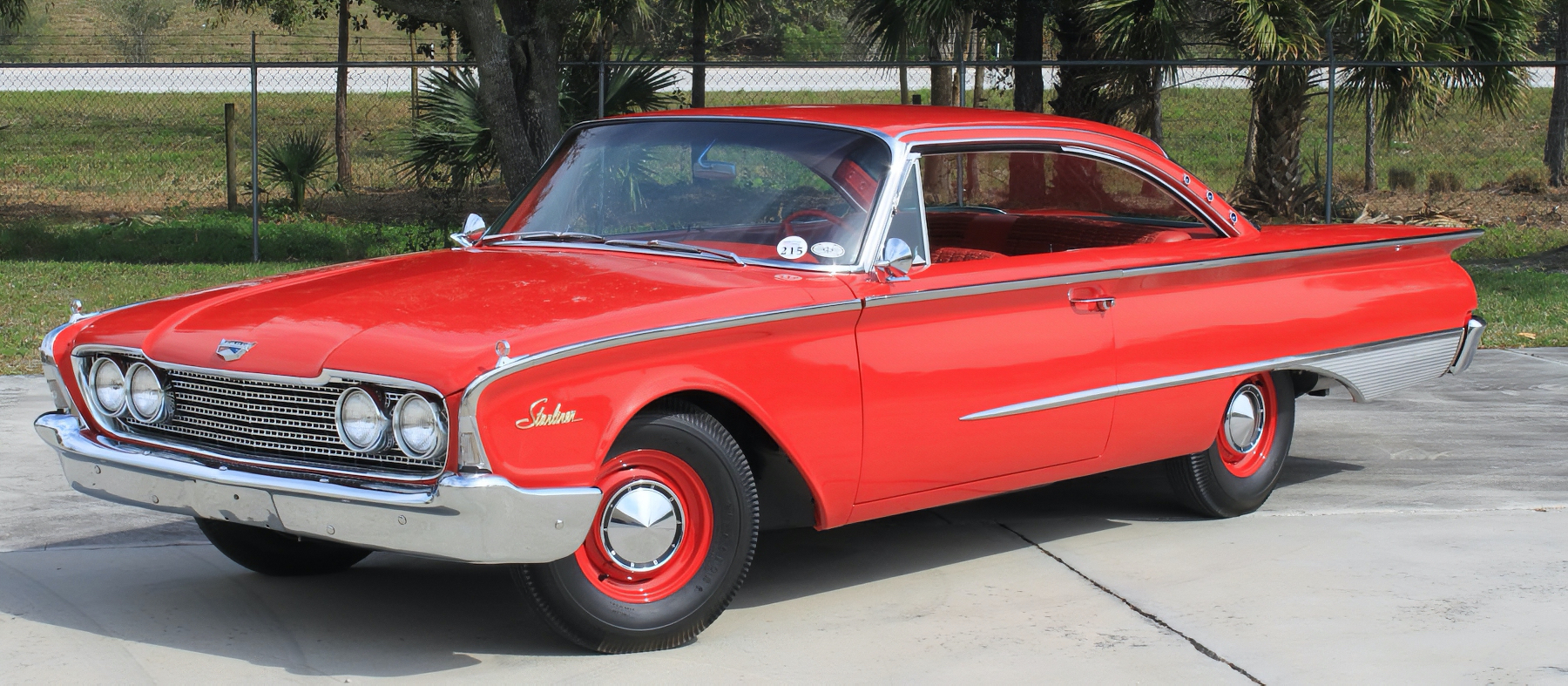
The Ford Starliner was a full-size coupe variant of the company’s flagship Galaxie, manufactured only during model years 1960 and 1961. Characterized by thin roof pillars, fastback styling and implied aerodynamics, we feel the Starliner coupe of these two years symbolized streamlined 1960s “jet age” design with just the right amount of 1950s tail fin work. And with a reasonable base price (which could be optioned up quickly), these coupes represented good value.
The 1960-61 Starliner hardtop, along with the Sunliner convertible, comprised the Galaxie “Special” Series that shared the existing roof line and chassis with substantially revised front and rear styling. For model year 1961, the Starliner hardtop and Sunliner convertible were part of the Galaxie Series. In 1962 the Galaxie 500 (and 500 XL) replaced the Starliner as the top offering – but by then, many feel the styling had lost its MCM magic.
1955-57 FORD THUNDERBIRD. ($2,944 base price at introduction / $34,458 in current dollars)
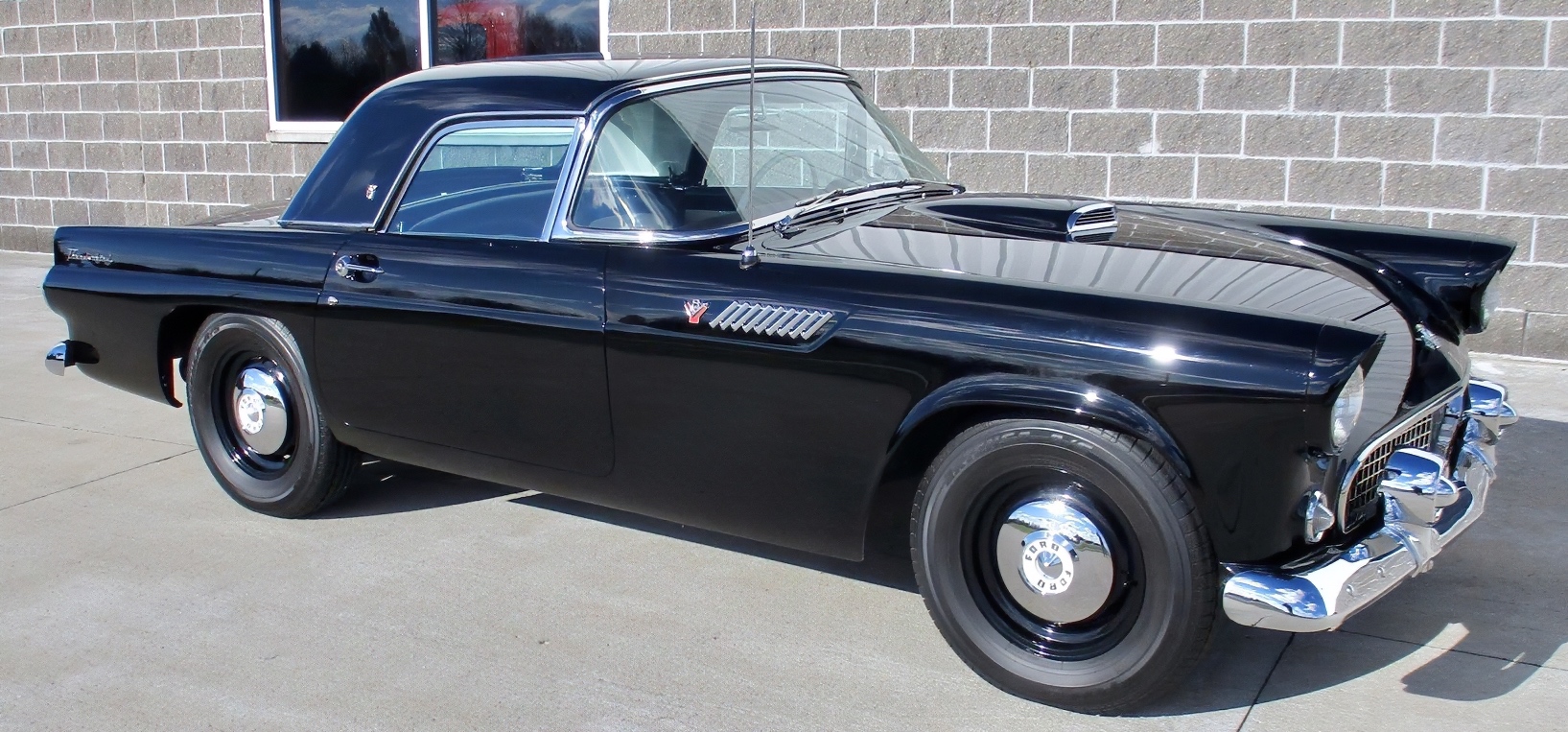
Introduced in 1955 as a two-seat competitor to the Chevrolet Corvette, the Ford Thunderbird was unique in that it was the first model from Ford that didn’t have a practical purpose. The radical two-seater wasn’t designed to haul anything, it didn’t have any work applications, nor was it meant for families or commuting. It also wasn’t even really a sports car, but rather a personal luxury vehicle to simply be enjoyed.
As the editors of Top Speed write, the 1955 T-Bird was the perfect vehicle at the right time. Americans in the 1950s were prospering and had both discretionary income as well as leisure time. There was nothing cooler than cruising around in a ’55 T-bird with the top off and no other reason than to be seen looking cool. It was Ford’s first adult toy and, more importantly, something that appealed to young people. Previously, passenger cars were geared towards families and businessmen, but suddenly there was a hot ride the kids wanted to drive.
Considering the first-generation Thunderbird was considered a classic the minute it went out of production, and therefore revered for the rest of the MCM period through today, it’s earned a top spot on this list.
1954-57 BUICK ROADMASTER. ($3,269 base price in 1954 / $38,120 in current dollars)
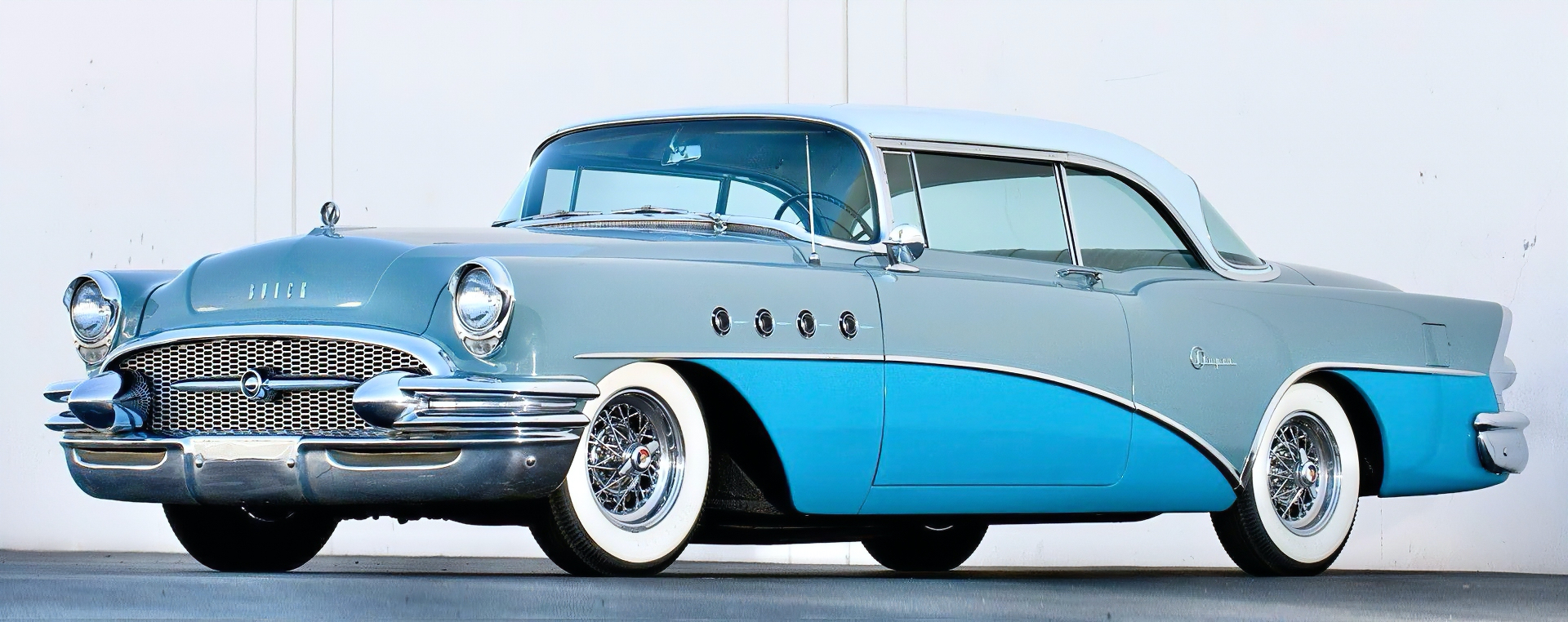
It’s easy to use a simple phrase such as “sweeping lines” to describe the beauty of mid-1950s Buick Roadmasters, but sweeping is really the right word. Thanks to a cut line that ran at just the right height before flicking downward at the rear wheels, Roadmasters made great canvasses for splashy two-tone paint jobs that were the rage during the 1950s MCM period. In fact, that combination of curved chrome trim and dual paint colors easily tricked the eye into making a pillarless sedan appear to be a coupe.
Add the Roadmaster’s commanding respect as a prestige car and you’ve got a true MCM top pick.
1955-75 CITROEN DS ($3,295 base price in 1955 / $38,567 in today’s dollars)
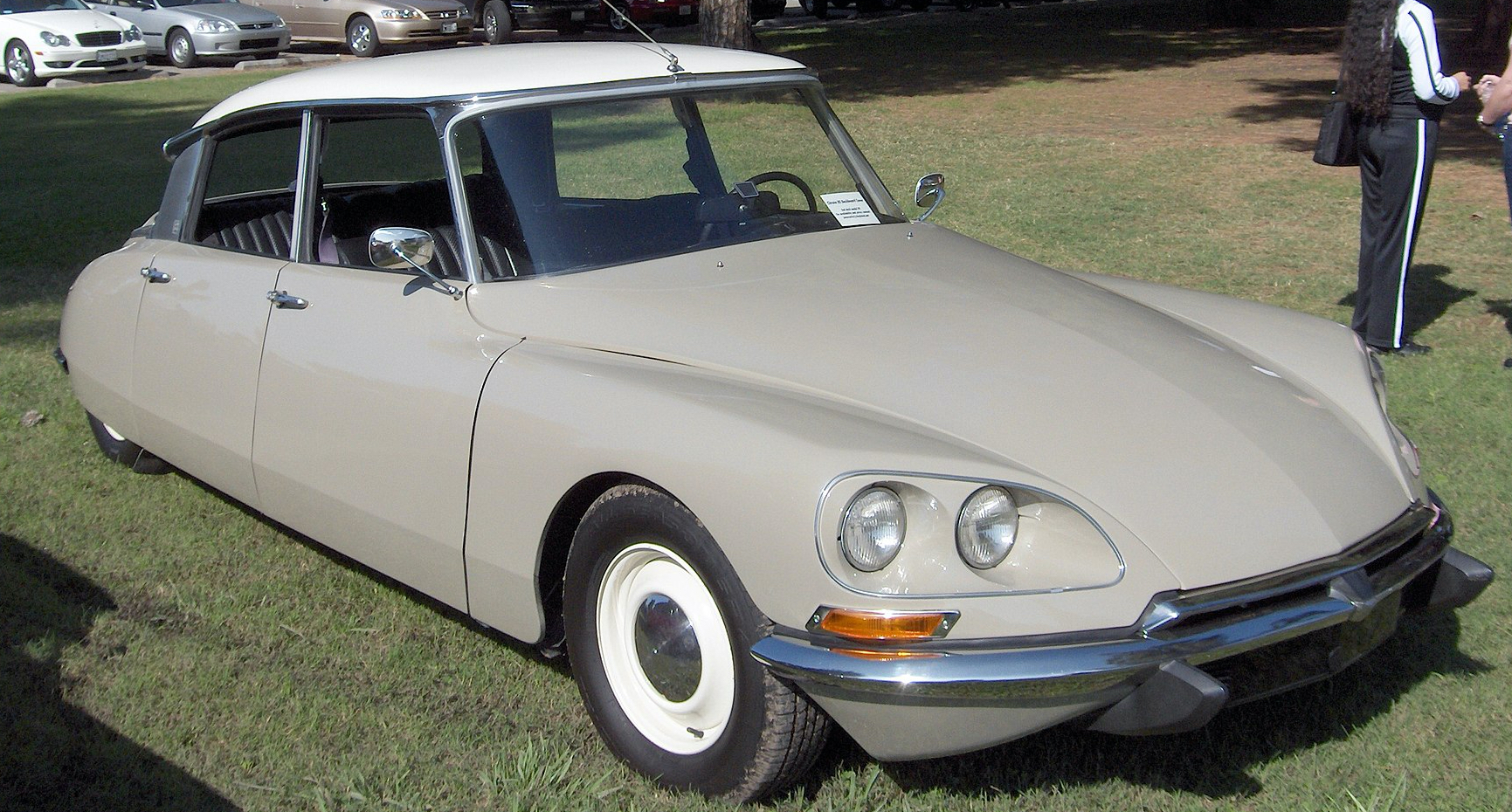
The Citroën DS is a “front mid-engined”, front-wheel-drive luxury model built from 1955 to 1975 that was available in sedan, wagon, and convertible body configurations. All were known for their aerodynamic futuristic styling, unorthodoxly innovative technology, and exceptional ride quality, handling, and braking thanks to both being the first mass production car equipped with hydropneumatic suspension and disc brakes. The 1967 model also introduced directional headlights to a mass-produced car.
We feel the DS deserves a spot on the list because its design, like so many other midcentury modern creations, was clean, functional, and not afraid to be stylish in a new way. In retrospect, its design has only grown more appreciated over the years – winning third place in a 1999 Car of the Century poll recognizing the world’s most influential auto designs and was named the most beautiful car of all time by Classic & Sports Car magazine.
1961-72 VOLVO P1800. ($3,760 base price in 1961 / $39,674 in current dollars)
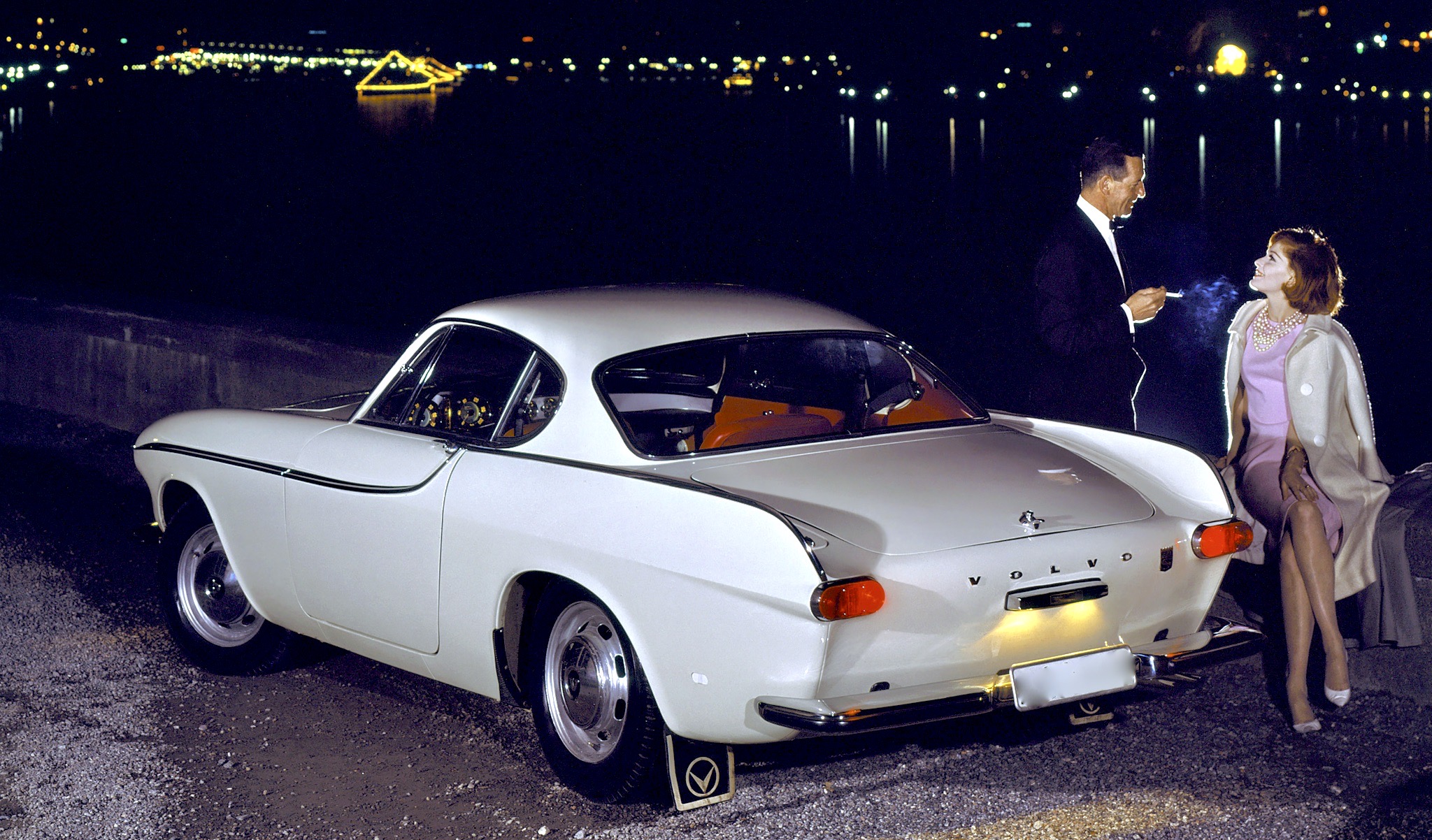
Thanks to actor Roger Moore owning and driving a Volvo P1800 in the popular 1960s British television show The Saint, this coupe received widespread notice during the second part of the mid-century modern period. Based on Volvo’s stalwart 122 series coupe/sedan/wagon, the P1800 featured reliable mechanicals underneath, treated occupants to a smooth ride, and came with stylish good looks.
Perhaps the Volvo P1800 coupe’s cool factor is best explained on this episode of Jay Leno’s Garage, where Jay does a walk around and drive of the actual P1800 Roger Moore owned and drove in The Saint.
According to Jay, “When you grew up in a midwestern town in the 1960s, anything with less than 4 doors was a sports car – so to see something like this, this might as well have been a Ferrari when I was a kid. Rare, it was cool looking, and there was one in my town. You’d stand on Main Street when it went by, and it’d be the talk of the school the next day.”
About the P1800 coupe, automotive columnist Jamie Kitman (who owns one) writes, “To get at my life-long enthusiasm for Volvos you have to remember what it was like in the 1960s. Cars that got 25 miles per gallon and didn’t change body style every year were subversive–see the VW Beetle–and ones that were actually safer than the competition took that a step further. Volvo’s advertising made all these points–you weren’t a sheep, you wanted a car that performed well, but one that was safe, efficient and not (on paper) about impressing the neighbors”.
We wholeheartedly agree that the P1800’s influence around the world puts it solidly on the MCM vehicle list.
1963-67 CHEVROLET CORVETTE. ($4,037 base price in 1963 / $41,384 in current dollars)
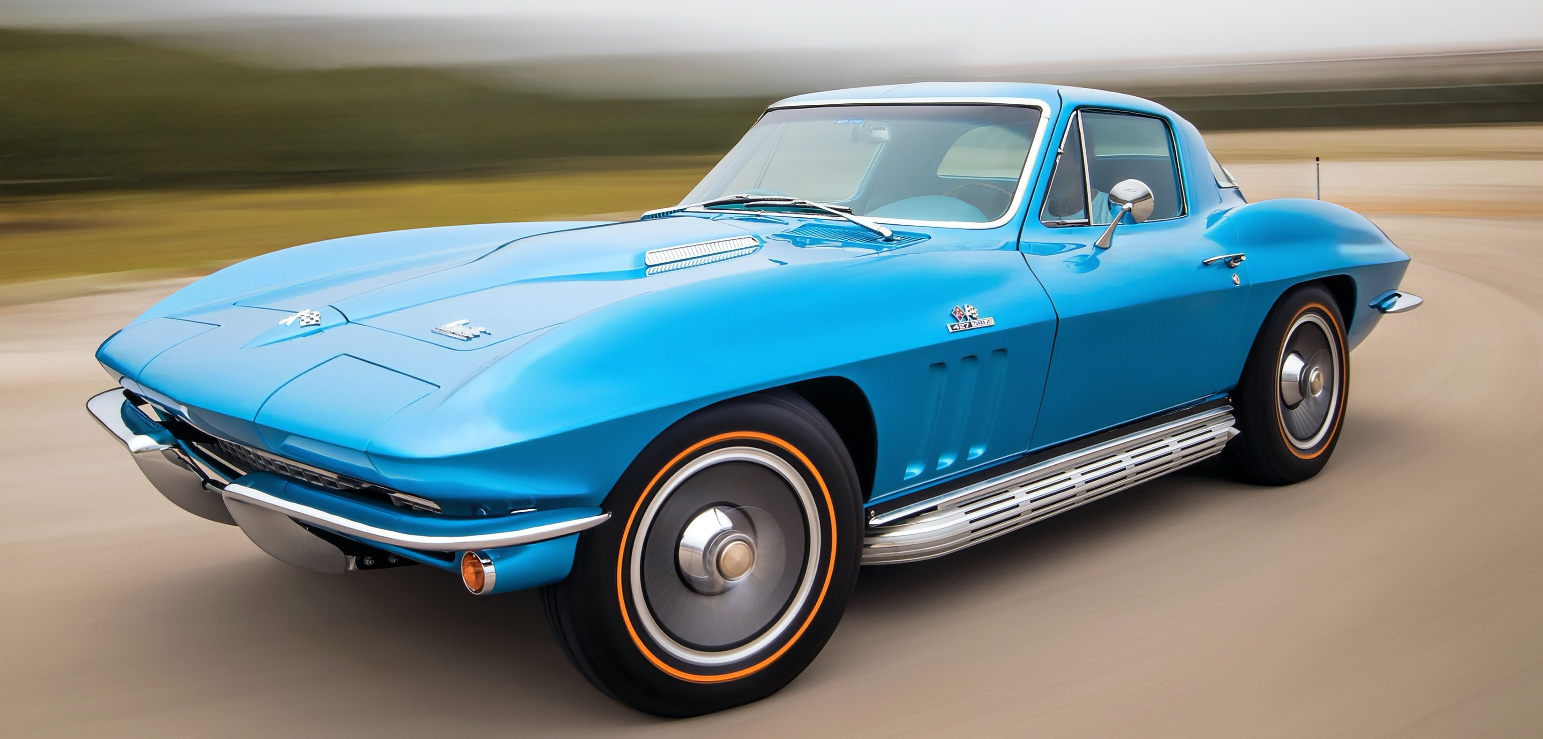
It’s been said that the second generation Corvette (“C2”) is the prototypical Vette because of its clean and purposeful design. While the original 1953-62 generation laid the foundation and made the Corvette’s success possible with 1950s curves, the next one transitioned from voluptuous to sheer, futuristic, and raked. The C2 was designed to be an American take on European sports cars at a time when traditional-looking MG’s and Porsches were beginning to appear on our shores in greater numbers. All of the surfacing and details were designed to make it look like the gutsiest, fastest racecar on Earth – truly defining was a Corvette was in true midcentury modern fashion.
1966-69 BUICK RIVIERA. ($4,424 base price in 1966 / $42,832 in current dollars)
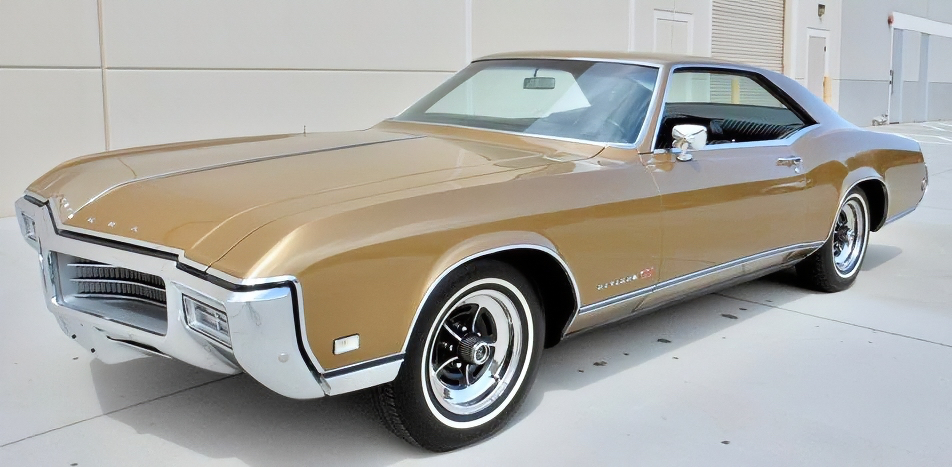
If cars from the early MCM period were modeled after jet planes, I think it’s fair to say some of the ones from later in the period drew inspirations from spacecraft. At least that’s the way it always seemed when I was anywhere near my father’s own 1969 Buick Riviera growing up. As a young boy, the overall arc shape (front and rear) of the Riv impressed me as that of a space capsule or a satellite. The interior was very avant-garde and futuristic as well.
That said, stylists at General Motors truly looked to the future in the early stages of the space race when creating the second-generation Buick Riviera. It’s hard to argue they hit the nail on the head in the most mid-century modern kind of way!
1961-63 FORD THUNDERBIRD ($4,170 base price in 1961 / $43,748 in current dollars)
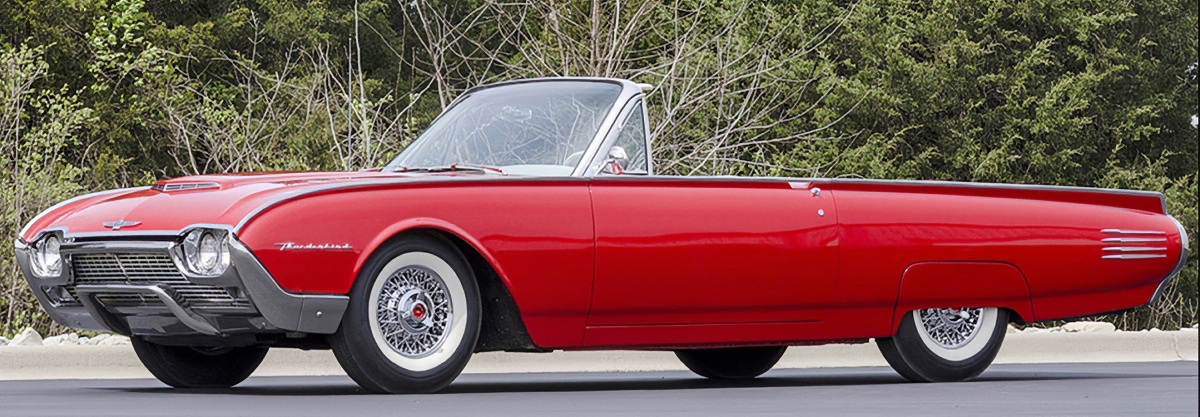
With a decidedly bullet-shaped aero front end and clean, simple lines that evoked the look of Ford’s own new-for-1961 Lincoln Continental, the third-generation Thunderbird created a fresh look for a new decade. While 1950s fins and excess chrome were gone, jet engine-shaped rear taillights continued the MCM theme of space-aged futurism.
1966-70 OLDSMOBILE TORONADO. ($4,585 base price in 1966 / $44,391 in current dollars)
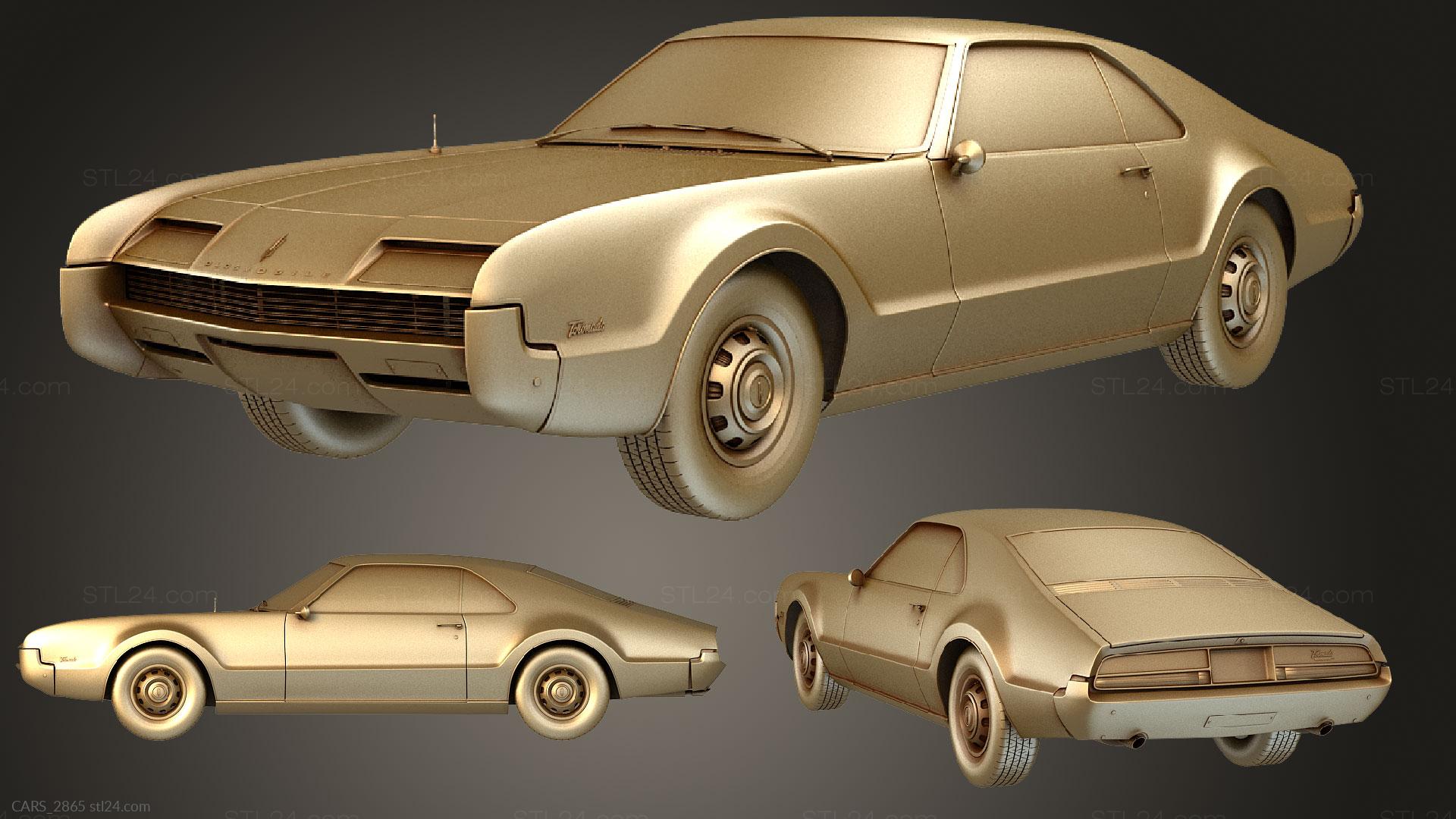
The first-generation 1966 Oldsmobile Tornado was engineered and developed out of pure mid-century modern optimism. So we’ve given it a spot on our list. But its history is interesting. In the early 1960s, GM wanted a car that was innovative in design and engineering for its Cadillac, Oldsmobile, and Buick luxury divisions – but not so exotic to produce that the price would be in the stratosphere. The main goal was a front-wheel-drive design that could be applied to a large car, and company engineers would need to create a compact package with engine, transmission, and front differential/axle assembly in close confines of each other.
A V-12 engine was originally considered in the early 1960s for the upmarket front-wheel-drive future car GM wanted to build. Prototype engines were built but the V-12 was later scrapped in favor of the original V8 arrangement. Once the company became firmly committed, engineering development assignments for the new fwd vehicle platform were split among GM divisions. Oldsmobile developed the engine, front suspension and transmission; Buick developed the planetary fwd differential; Cadillac developed the rear subframe, and the Saginaw Powerplant division developed new front-wheel-drive axles, joints, and steering systems that would be needed.
GM was able to eliminate problematic axle vibration on the new E-bodies completely by developing axle shafts with two cv joints instead of one. Innovative steering geometry was created by using a steering knuckle mounted outside the tire center line instead of inside. This “outward pivot axis” necessitated the wheels having an outward bulge to them, a setup Volkswagen and Audi copied on later front-wheel-drive offerings.
Ultimately, Buick opted out of the front-wheel-drive setup for their version of the luxury car that was the 1966 Riviera. This left Oldsmobile with the Tornado, and Cadillac with the Eldorado. The Tornado reached production first for the 1966 model year because Cadillac wanted extra development time.
1963-65 BUICK RIVIERA. (1963 base price $4,333 / $45,265 in current dollars)
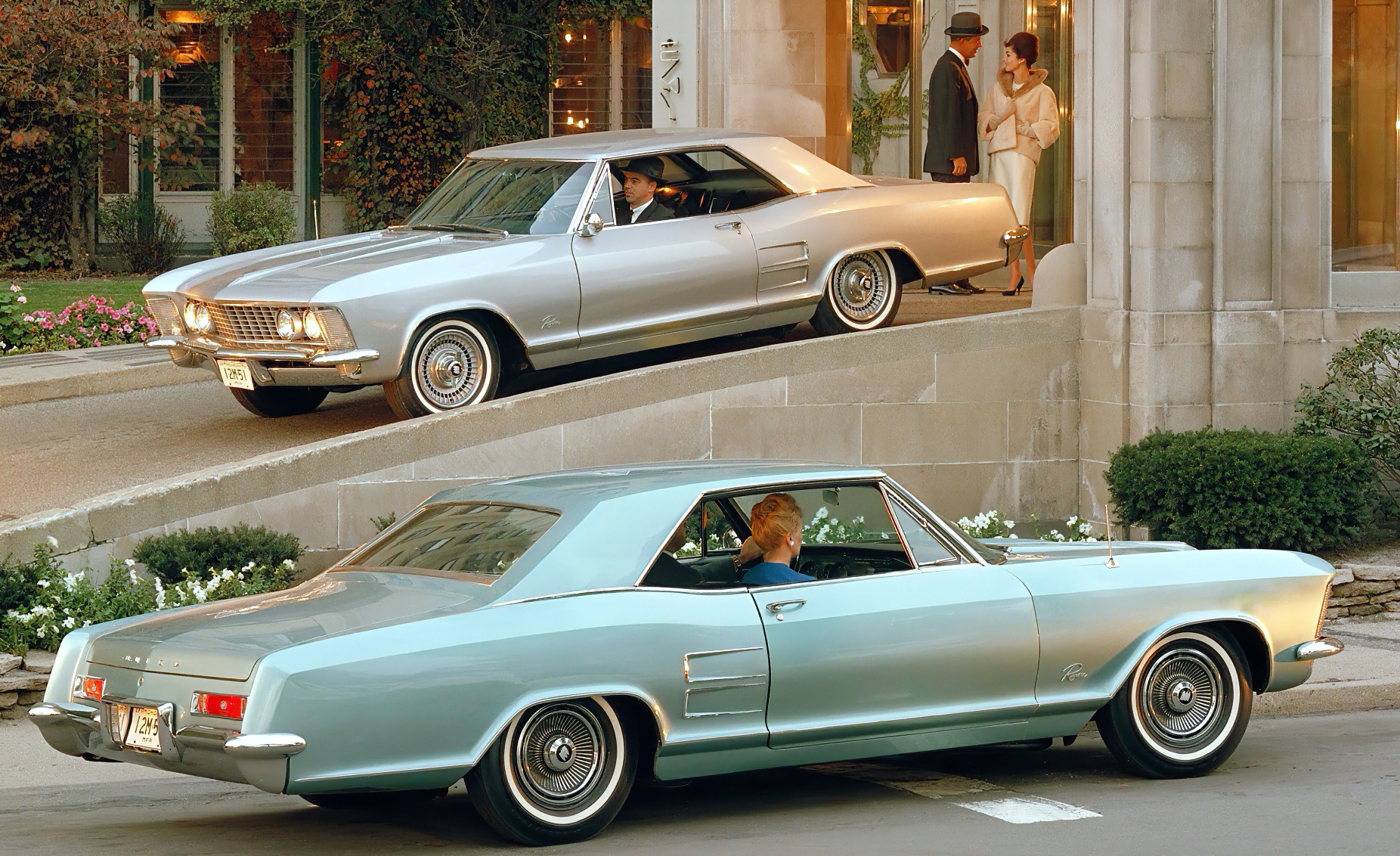
Initially conceived as a new Cadillac model, the first-generation Buick Riviera sought to capture the “personal luxury coupe” magic that elevated four-seater Ford Thunderbirds to true aspirational status. Its angular look was reportedly inspired by GM styling chief Bill Mitchell’s visit to London where he was struck by the sight of a custom-bodied Rolls-Royce. He later said that “knife-edged” styling was what he wanted, but with a lower profile.
The Riv’s clean styling made it a solid competitor against the Thunderbird. Although the Riviera had better performance, it sold almost, but not quite, as well at the T-Bird. We agree that the first-generation Riviera embodies the perfect combination of midcentury-modern ‘cool’ and ageless styling that puts it solidly on the MCM vehicle list.
1963-66 STUDEBAKER AVANTI ($4,445 base price in 1955 / $45,828 in today’s dollars)
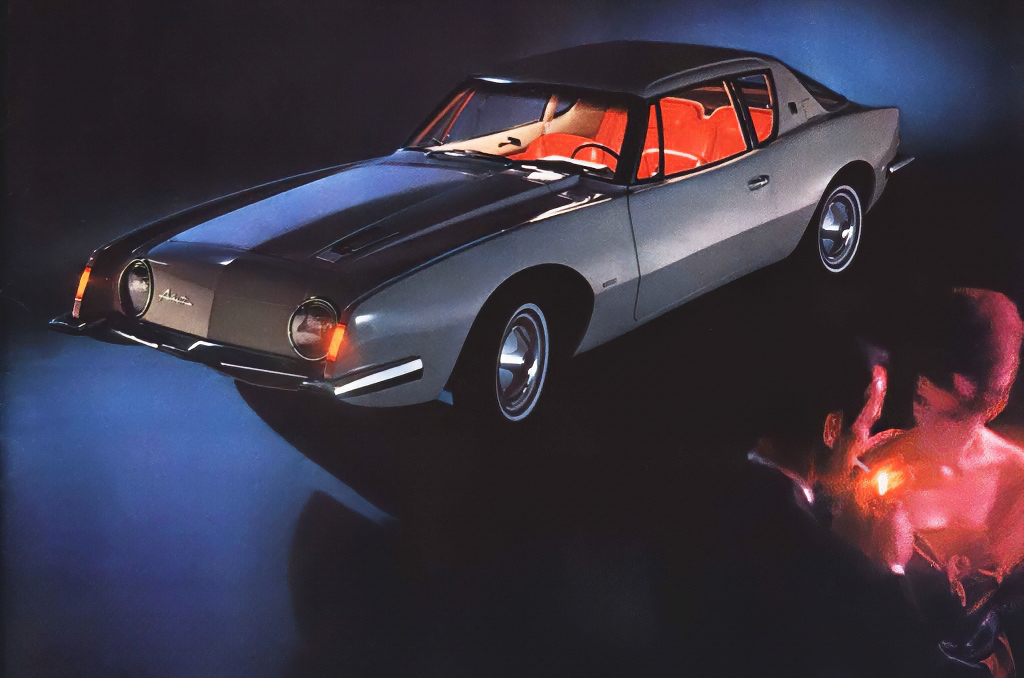
The Avanti was designed and first manufactured by Studebaker Corporation between late 1962 and the company’s final days in 1966. The Avanti was developed at the direction of Studebaker president Sherwood Egbert, inspired by the Ford Thunderbird. Designed on a 40-day crash program, the Avanti featured a radical fiberglass body mounted on a modified Studebaker Lark chassis and powered by a modified Hawk V-8 engine.
Because the Avanti’s complex body shape “would have been both challenging and prohibitively expensive to build in steel”, Studebaker opted to mold the exterior panels in fiberglass – outsourcing that part of the manufacturing to the same company that first built the fiberglass panels for the Chevrolet Corvette ten years earlier. Following Studebaker’s discontinuation of the model, a succession of five enterprises manufactured and marketed various derivatives of this same basic design known strictly as the “Avanti” through 2006.
1967-70 CADILLAC ELDORADO ($6,277 base price in 1967 / $58,952 in current dollars)

When it comes to representing the latter part of the MCM period, we feel the 1967 Eldorado is a top pick. Some even go as far as to say this Eldorado “highlights a decade of visionary domestic automobiles whose grand style, luxury, and that slippery concept of ‘taste’, has not been bettered since”. We’re inclined to agree.
For starters, stylists did a great job creating grille-concealed headlights – a total design cue of the late MCM period. Combined with flashy wheel covers that themselves are a combination of art deco and modernism, it’s hard to argue that this generation of Eldorado would look right at home in front of any avant-garde MCM structure. And with its revolutionary front-wheel-drive layout borrowed from the 1966 Olds Toronado, this generation of Eldorado was truly revolutionary from an engineering standpoint.
1968-71 LINCOLN MARK III. ($6,741 base price in 1968 / $61,113 in today’s dollars)
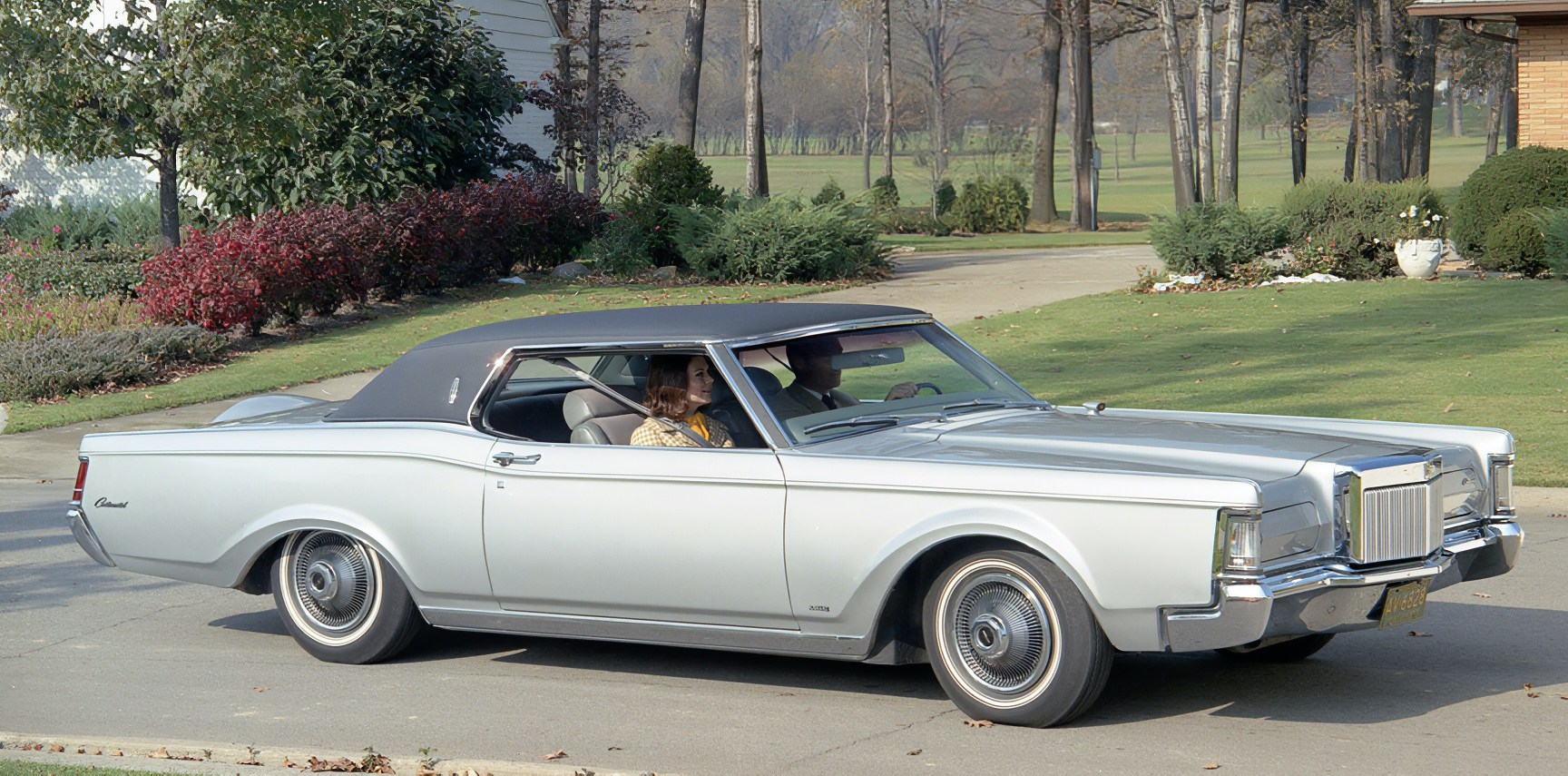
The Lincoln Mark III introduced for 1968 was developed as a direct competitor to the revolutionary 1967 Cadillac Eldorado. Unlike the Eldorado which used the 1966 front-wheel-drive Oldsmobile Toronado platform, Lincoln’s Mark III spared Ford high development and production costs by sharing its chassis with the four-door Ford Thunderbird. It also shared the two-door T-Bird’s roof structure and rear windows that retracted horizontally into the C-pillar.
Inspired by the Duesenberg Model D concept car seen by Henry Ford II at Exner Studios in 1966, the Mark III was first to integrate a vertical style Rolls-Royce grille in with sharp-edged styling that gave it panache in the marketplace. Although headlights behind concealed folding doors which matched the rest of a car’s grillwork were the rage at the time among all American automakers, Lincoln didn’t attempt to conceal the Mark III’s headlight covers. With a narrow grille that didn’t span the whole width of the front clip, they couldn’t. Instead, Lincoln designers accentuated them, creating a clean look that contributed to the car’s appeal.
It’s been said that when the Mark III was new, its appeal depended on what vehicle one was trading out of. Coming from lesser Ford vehicles from Pinto to LTD, the Mark III was an aspirational upgrade. For someone used to a fine European Mercedes or Jaguar, it resembled an LTD and did not have the same appeal.
Because the Mark III’s narrow grille, covered headlights, and blade-like styling were popular and remained Lincoln styling cues well into the 1980s, we’d say the appeal was hugely successful. Combined with a unique look all it’s own, we say the Mark III earns its place in the automotive MCM hall of fame.
1961-69 LINCOLN CONTINENTAL ($6,067 base price in 1961 / $64,017 in current dollars)
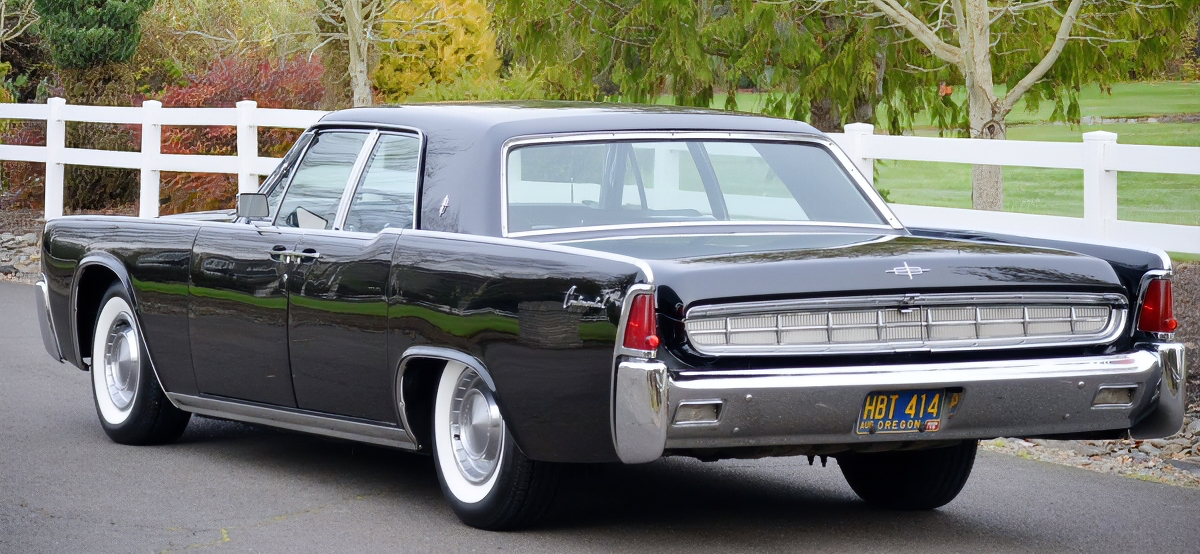
After racking up big losses on sales of the previous generation 1958-60 Continental, Ford planners knew they needed new styling that broke from the established garish norm of the 1950s . Enter the 1961 Lincoln Continental sedan – originally drafted as a design study for the 1961 Thunderbird, albeit on a smaller scale. While the proposal was not selected for the T-Bird, its clean, tasteful lines and reserved elegance interested Ford executives who morphed into the next generation four-door Lincoln Continental.
This Continental was also offered as a four-door convertible until the end of the design run in 1969. A mid-cycle update for 1966 brought a two-door hardtop coupe to the fold and a five-inch increase in overall length on all models. In their effort to increase sales of the five year-old model range, Lincoln reduced the price of the Continental nearly $600 from 1965 while keeping equipment levels identical. The marketing decision proved successful; boosted by the introduction of the coupe, the model range increased sales by 36%.
Immediately embraced as a symbol of the incoming JFK administration’s modern thinking, we feel the Continental cannot be overlooked.
1956-57 CONTINENTAL MARK II ($9,966 in 1956 / $114,934 in current dollars)
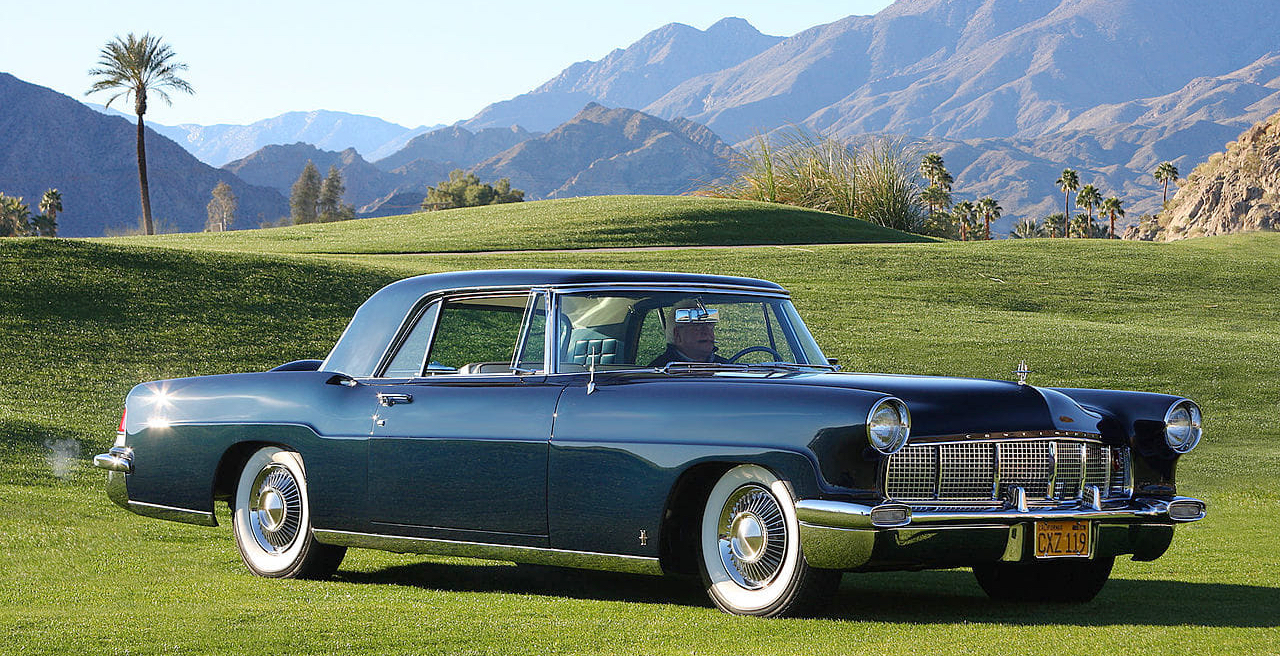
The Continental Mark II is a limited production 1956-57 coupe sold by the short-lived Continental Division of Ford (slotted above Lincoln as the flagship marque of Ford Motor Company from 1956-59). The first and only product line of Continental, the Mark II was developed as the worldwide flagship vehicle of Ford Motor Company. Developed as a successor for the 1939–1948 Lincoln Continental, the Mark II derived its nameplate from European manufacturing practice, denoting a second generation of the model family.
As the most expensive American-produced automobile of the time, the Mark II was marketed against the Rolls-Royce Silver Cloud and the Bentley Continental. Produced solely as a two-door hardtop coupe, the Mark II was largely hand-assembled, sourcing its V8 powertrain from the standard Lincoln line. Following the 1957 model year, the Mark II was discontinued – later being revived as a Lincoln Mark III model a decade later.
With its undeniably clean lines, recognizability, and highest-end price, the Mark II earns solid credit for post-war optimism and stylish panache.

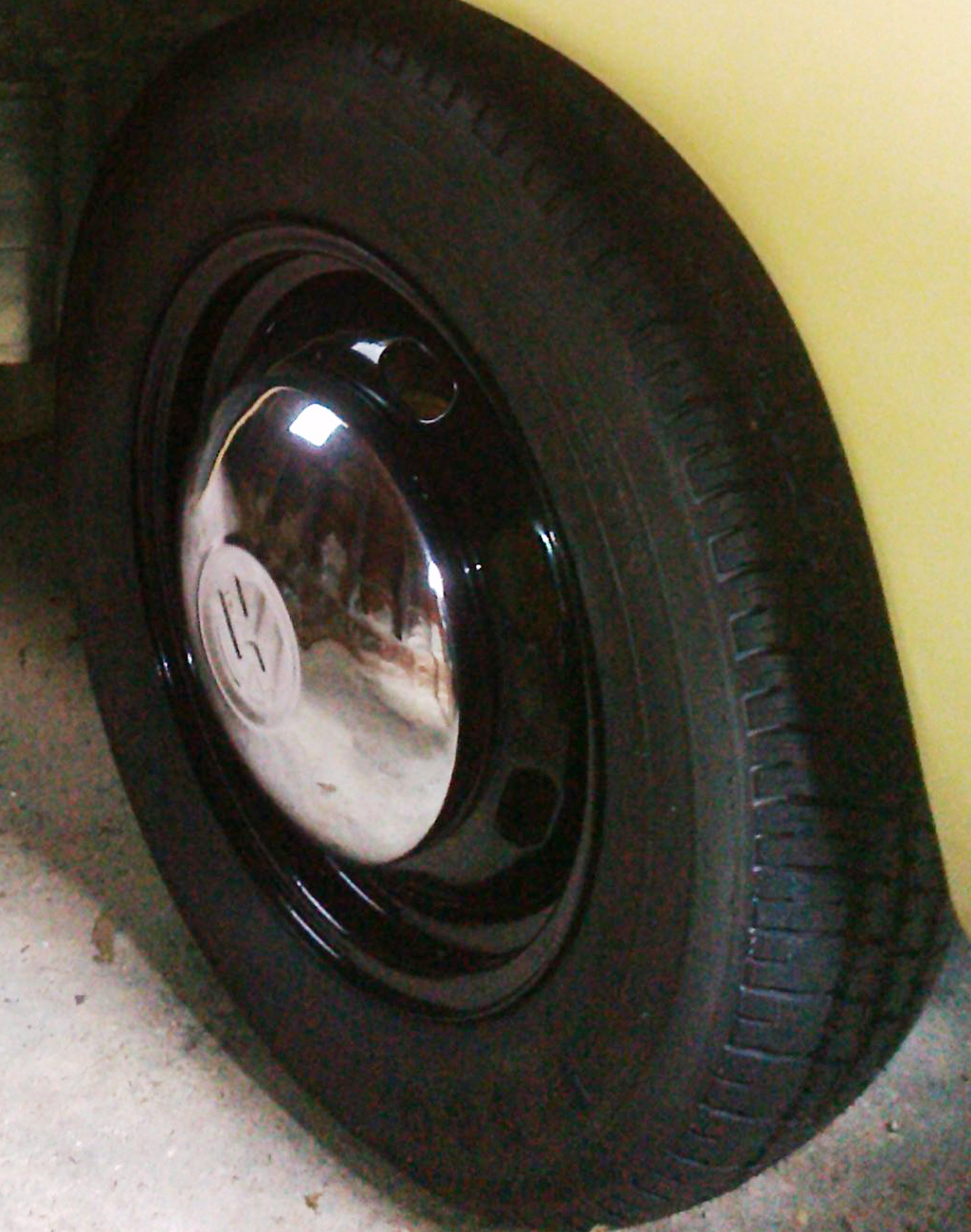
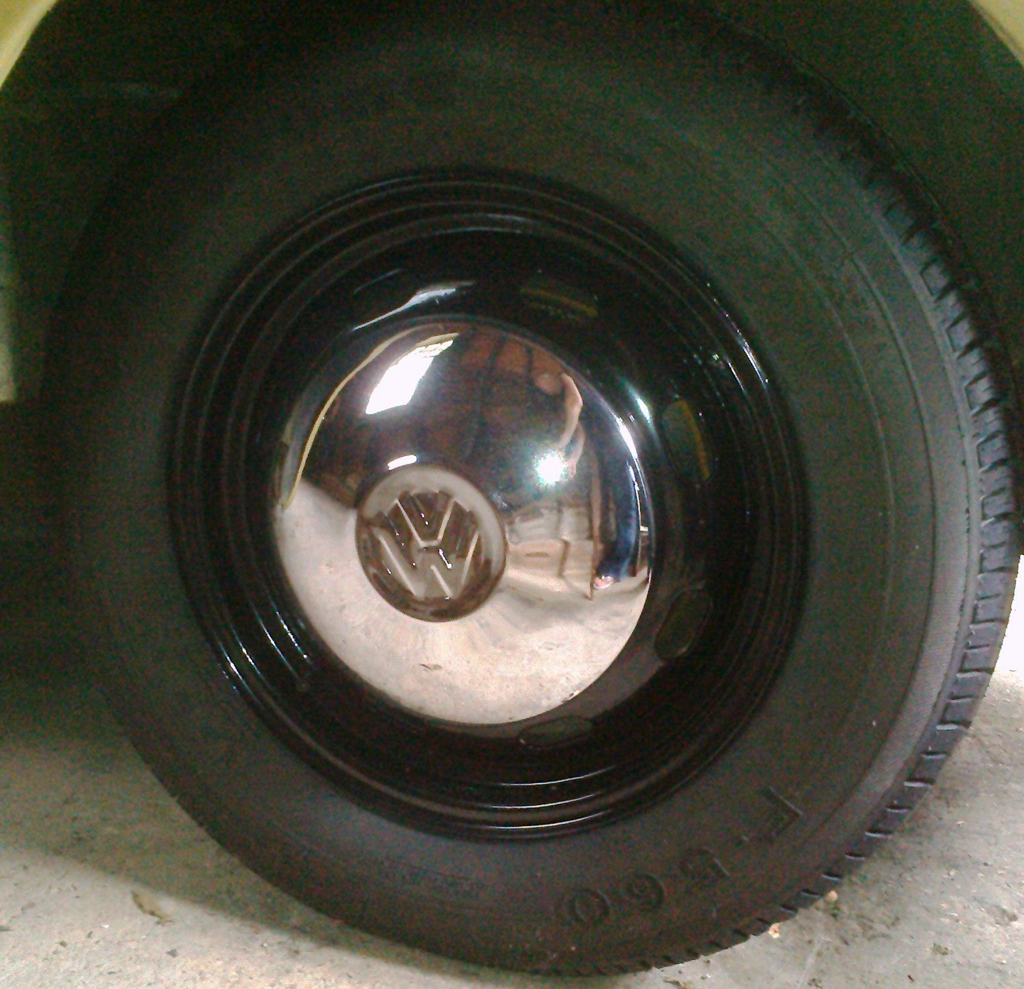
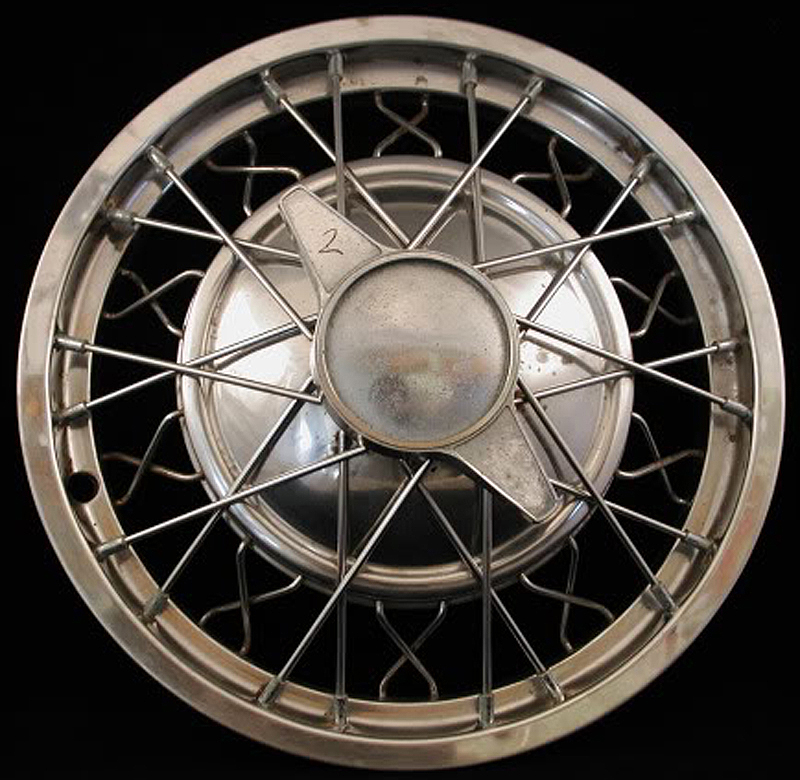
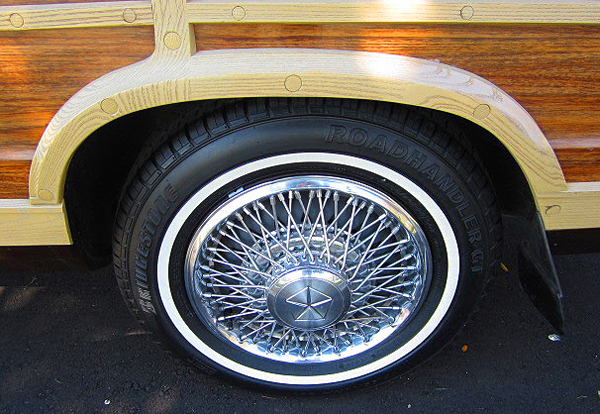
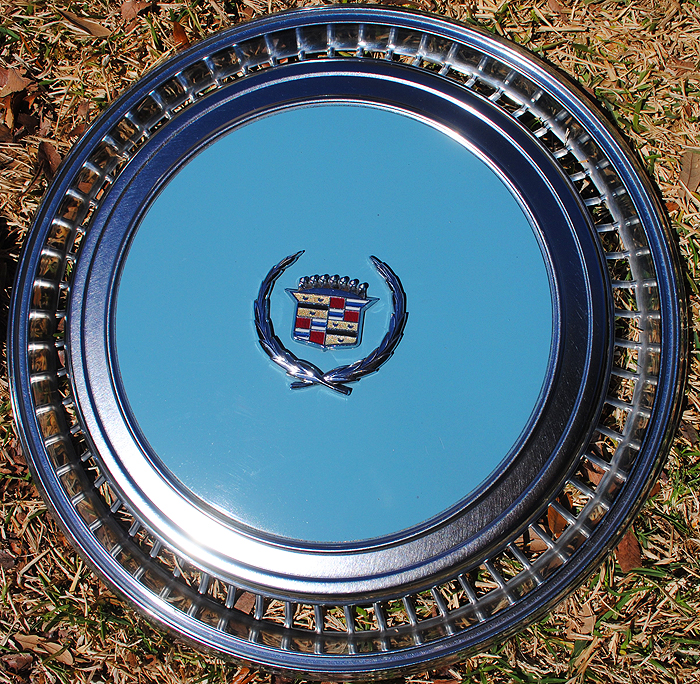
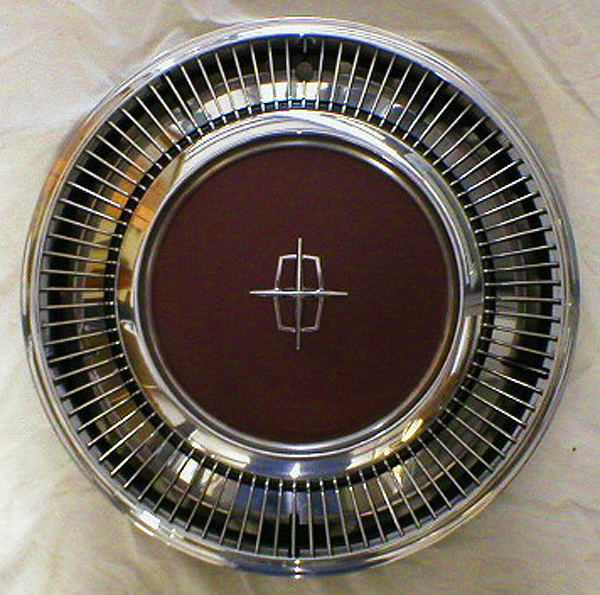
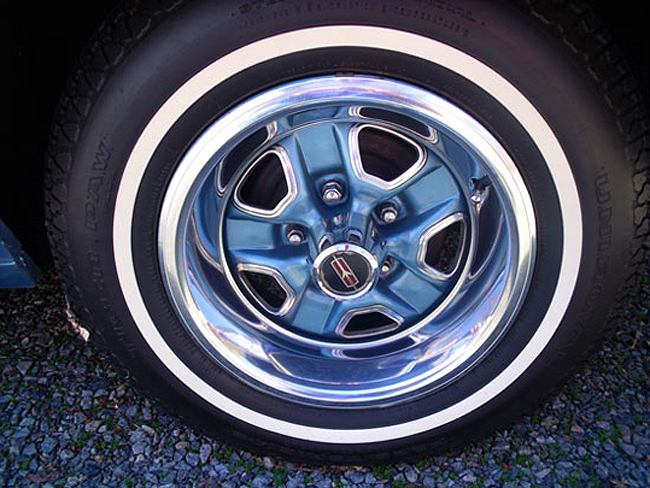
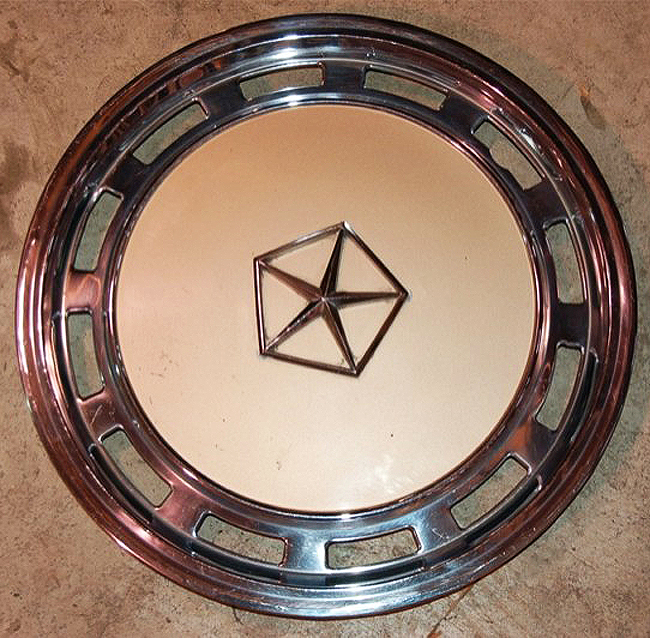
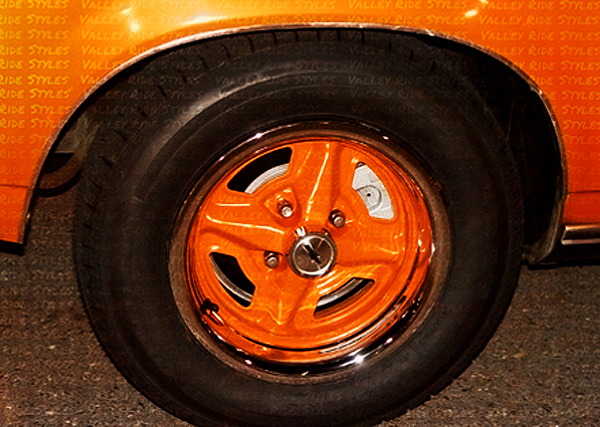
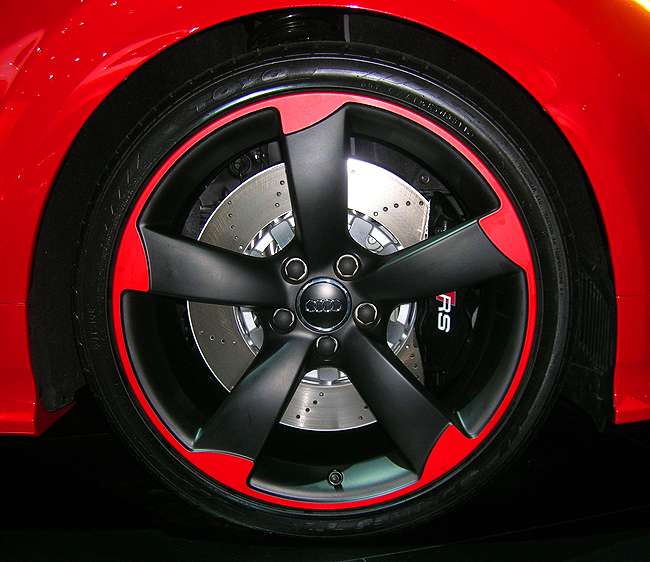
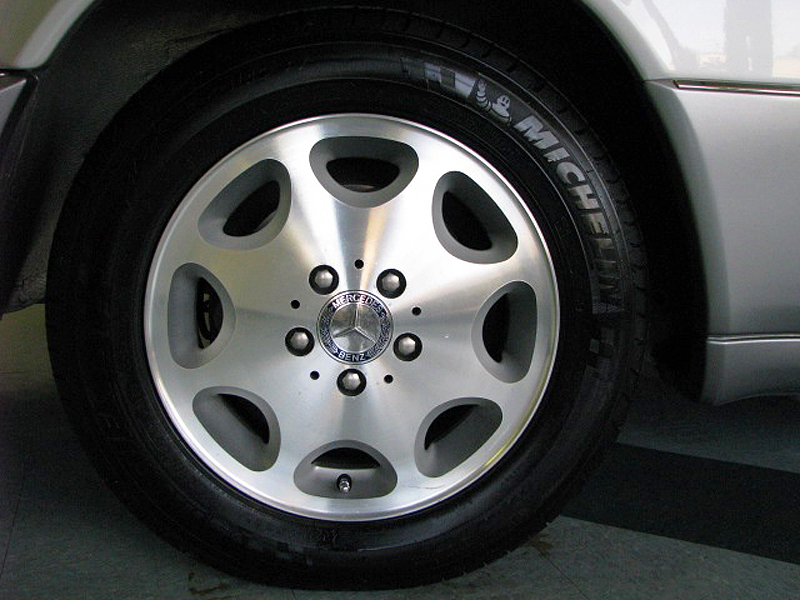
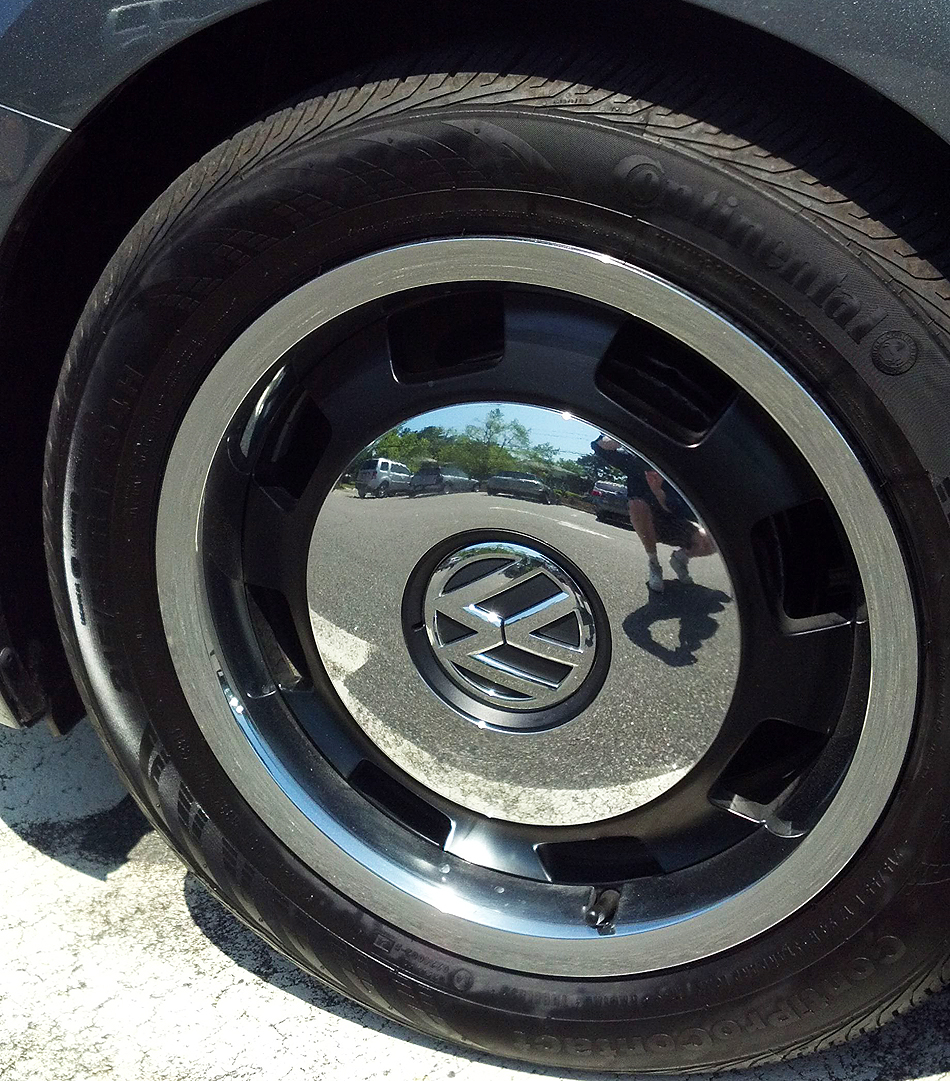
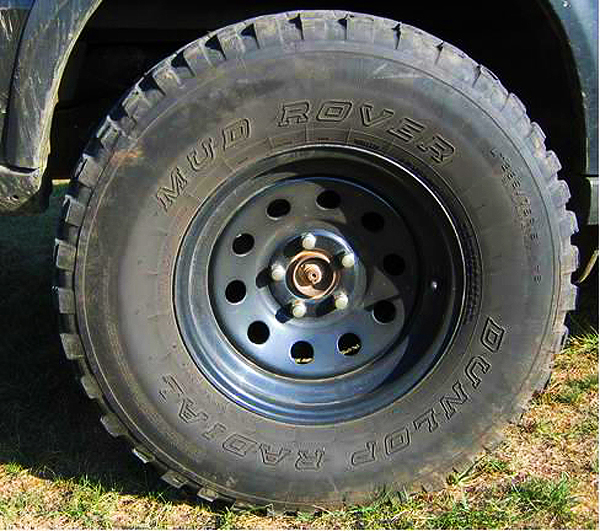
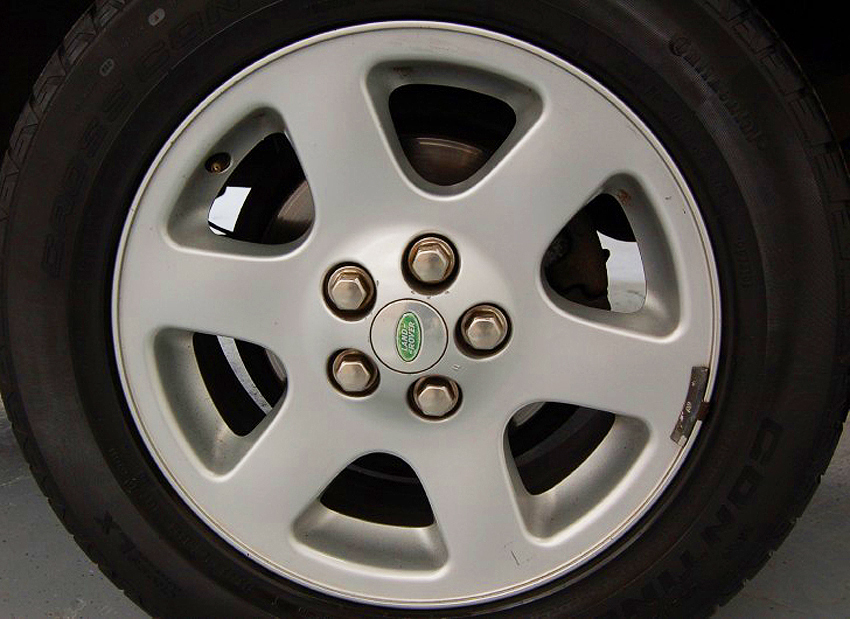
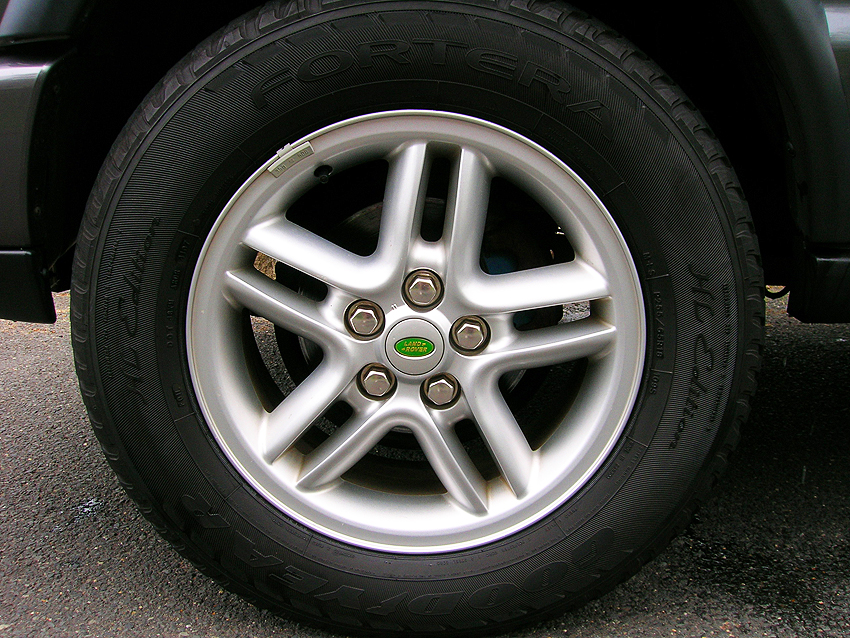
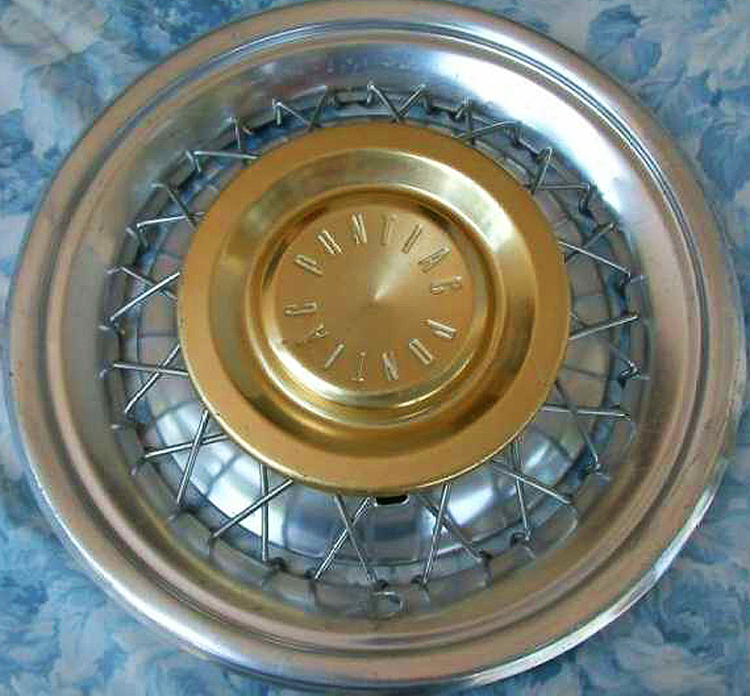
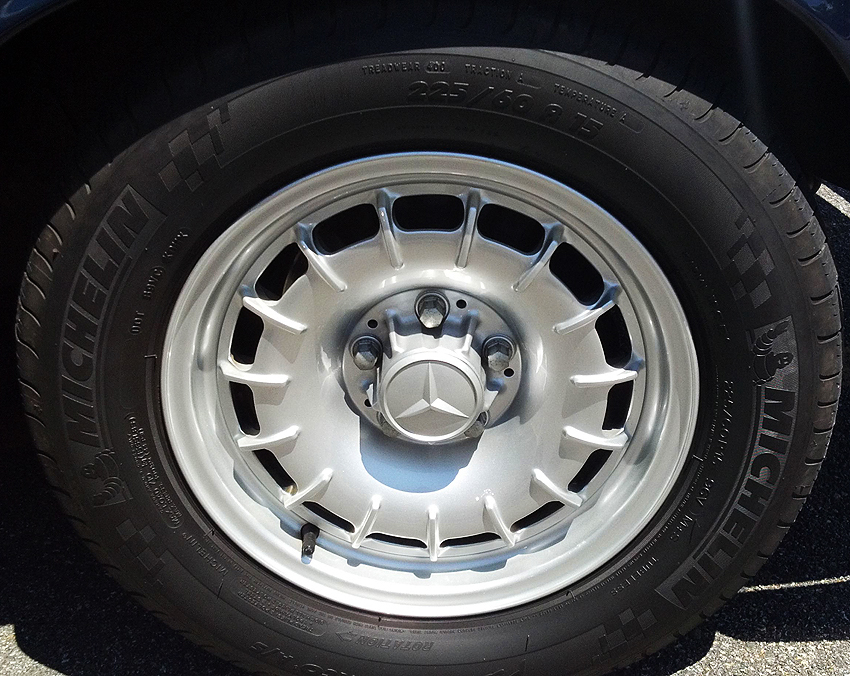
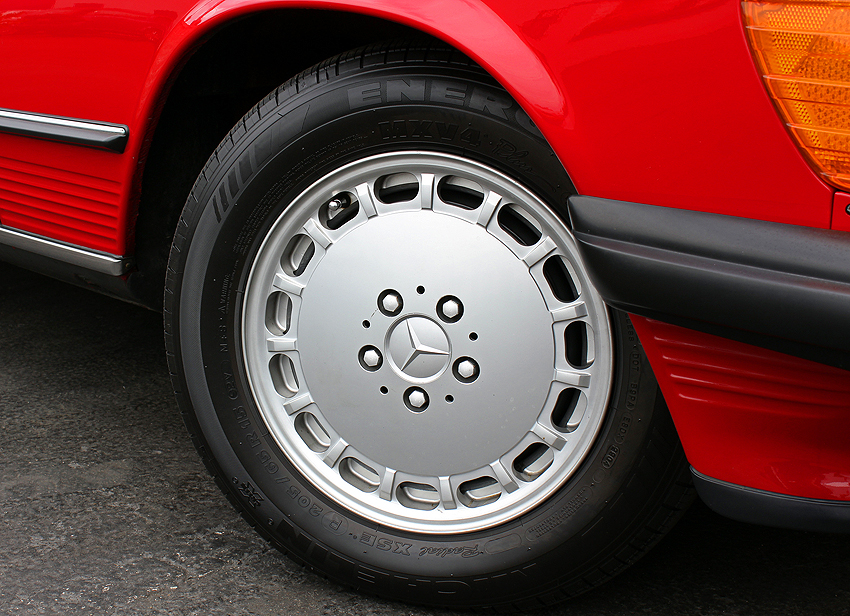
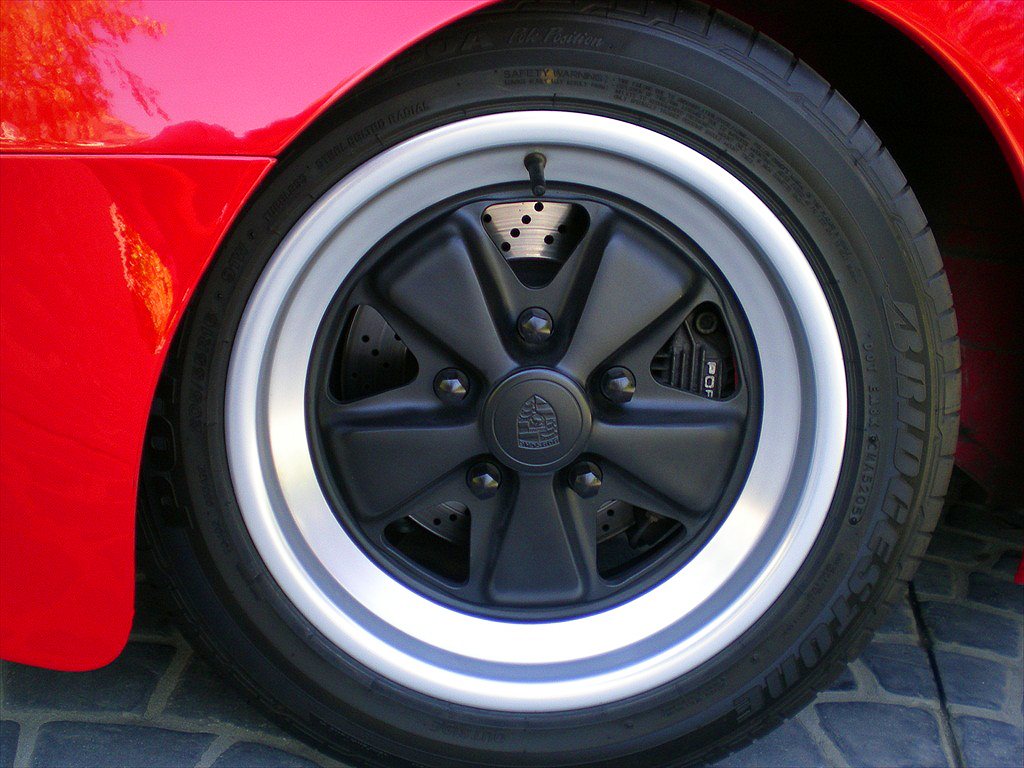
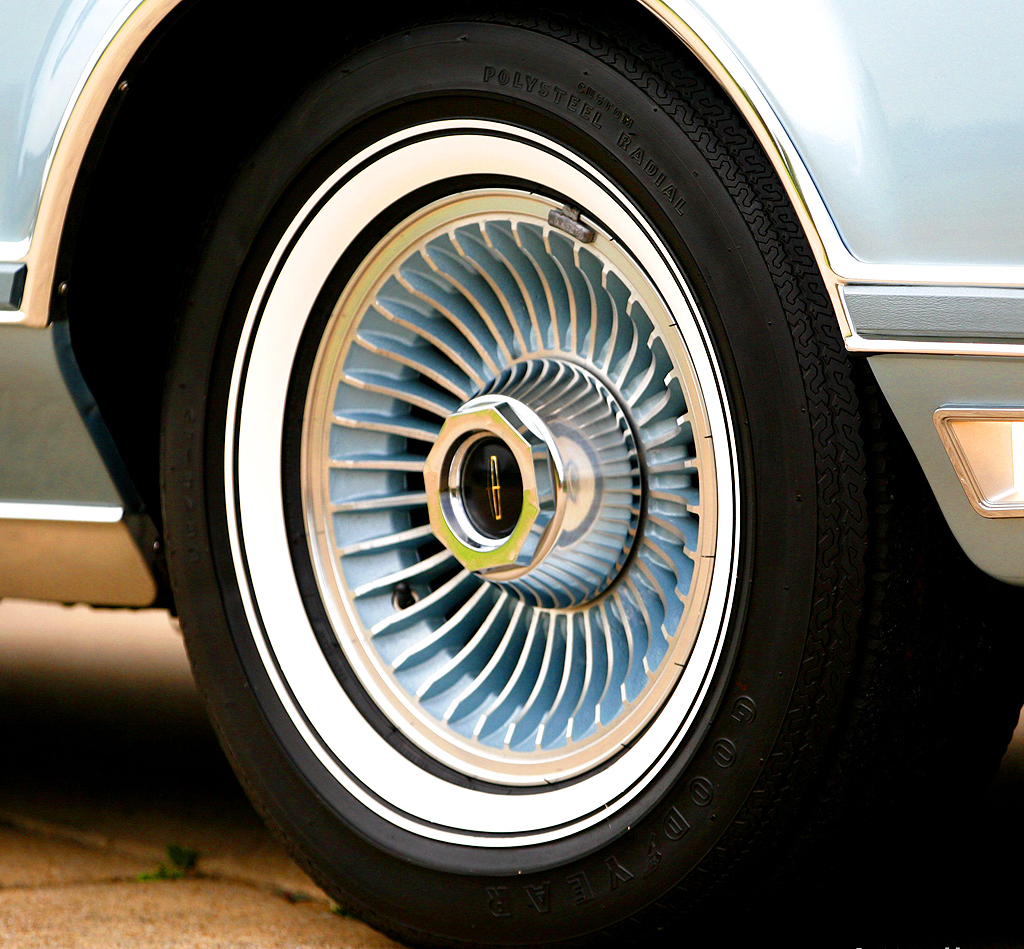
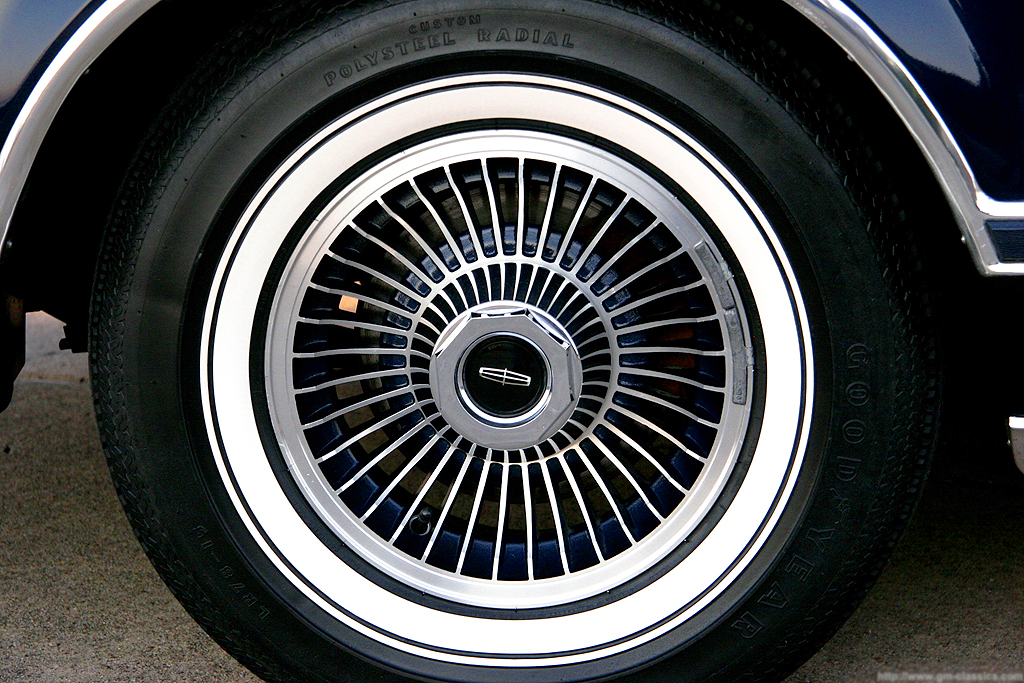
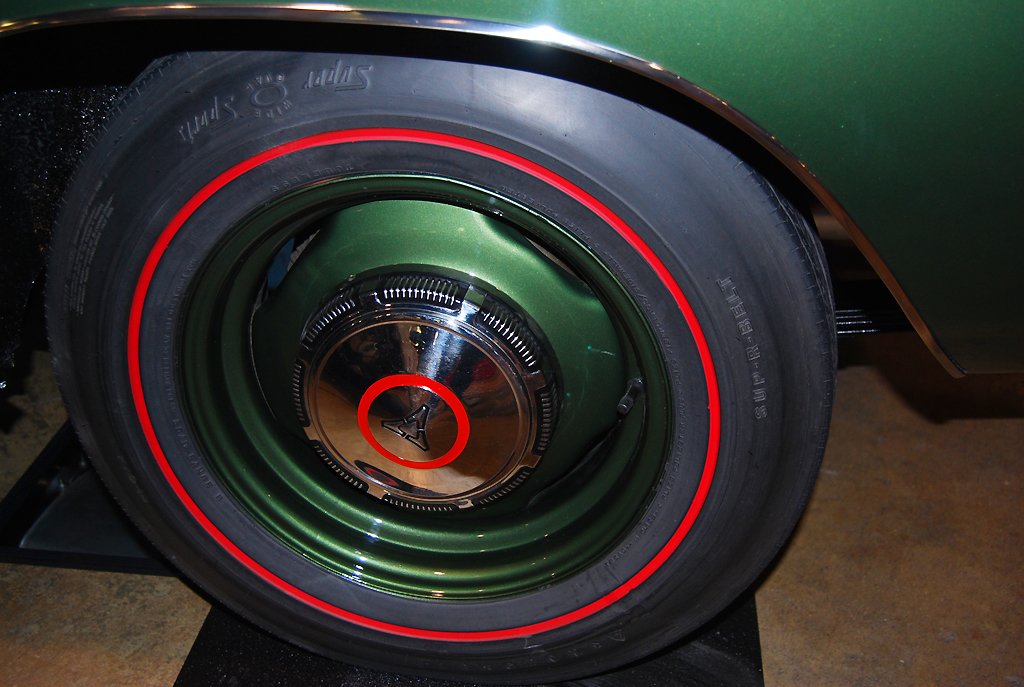
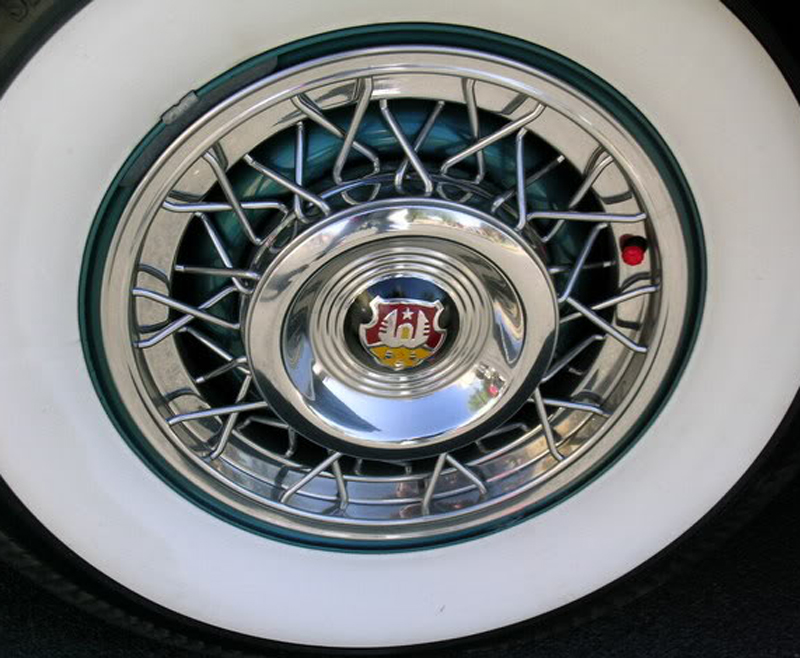
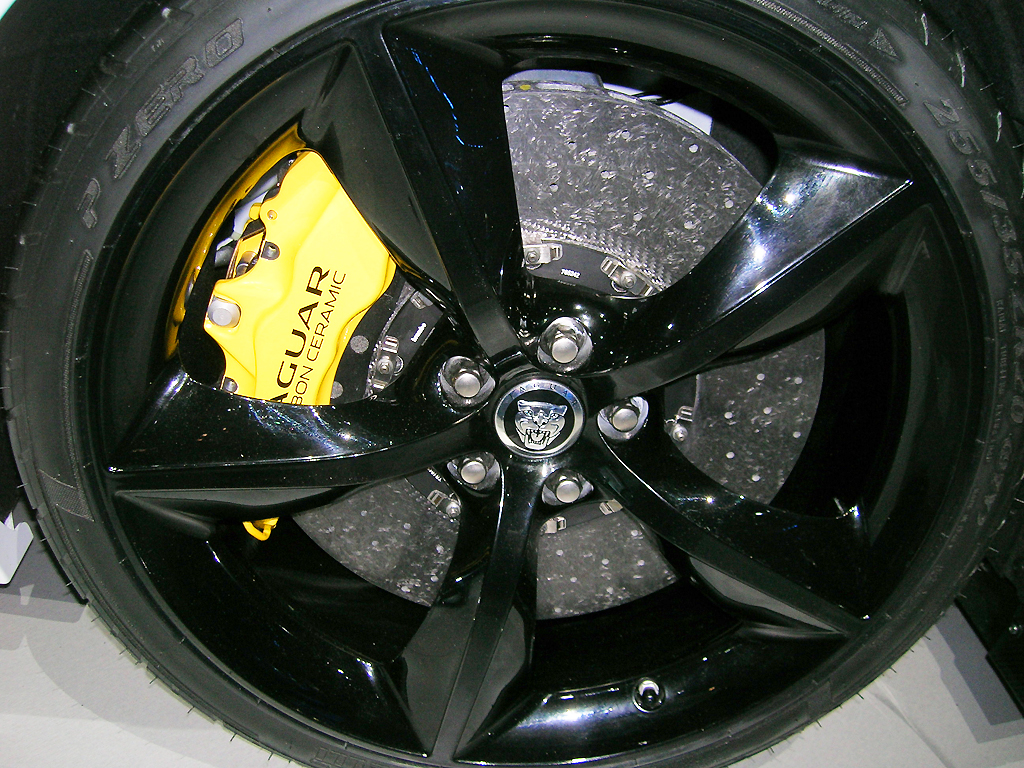
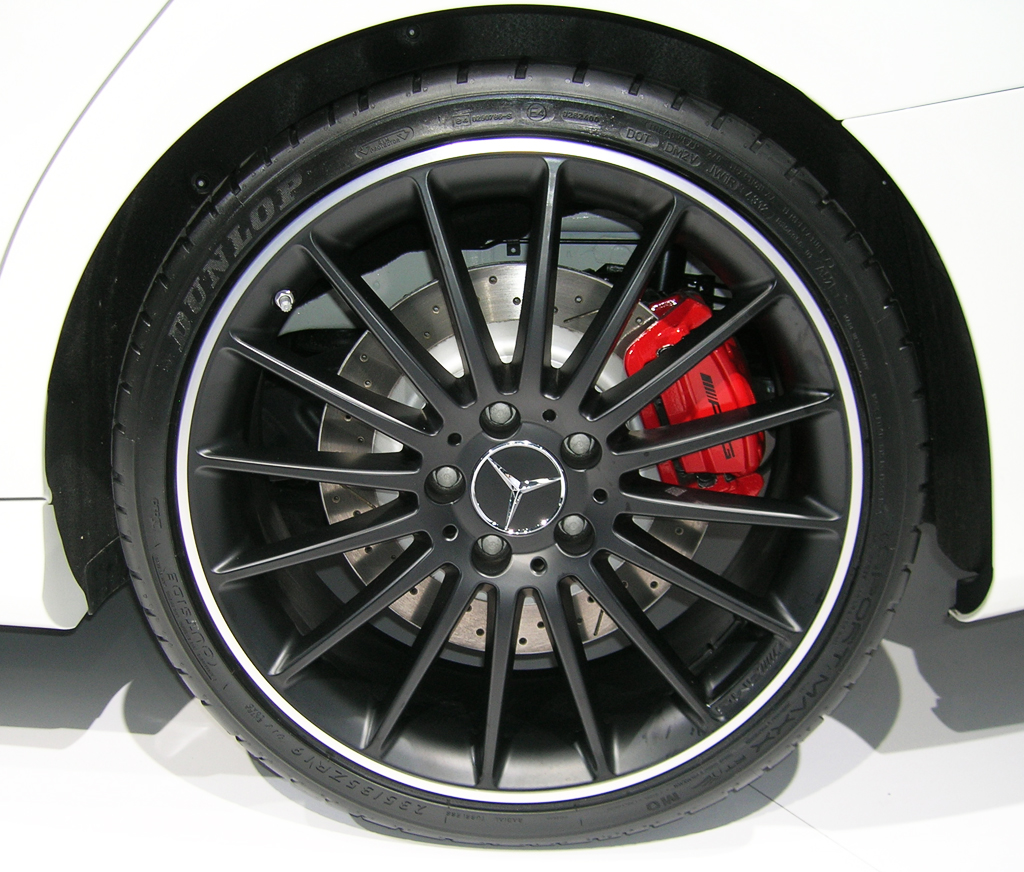
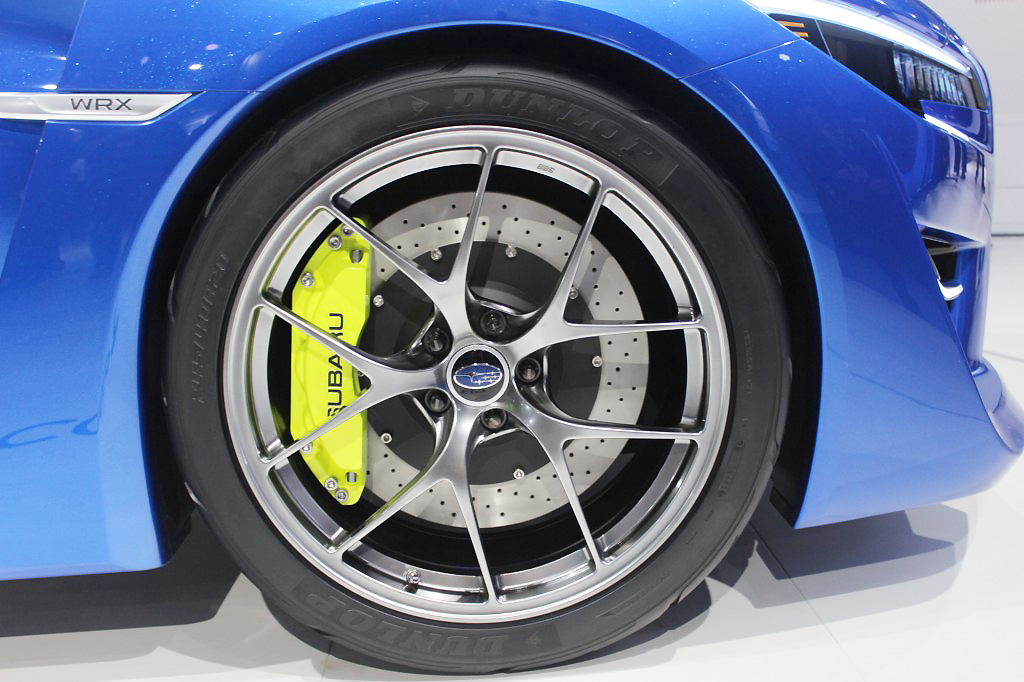
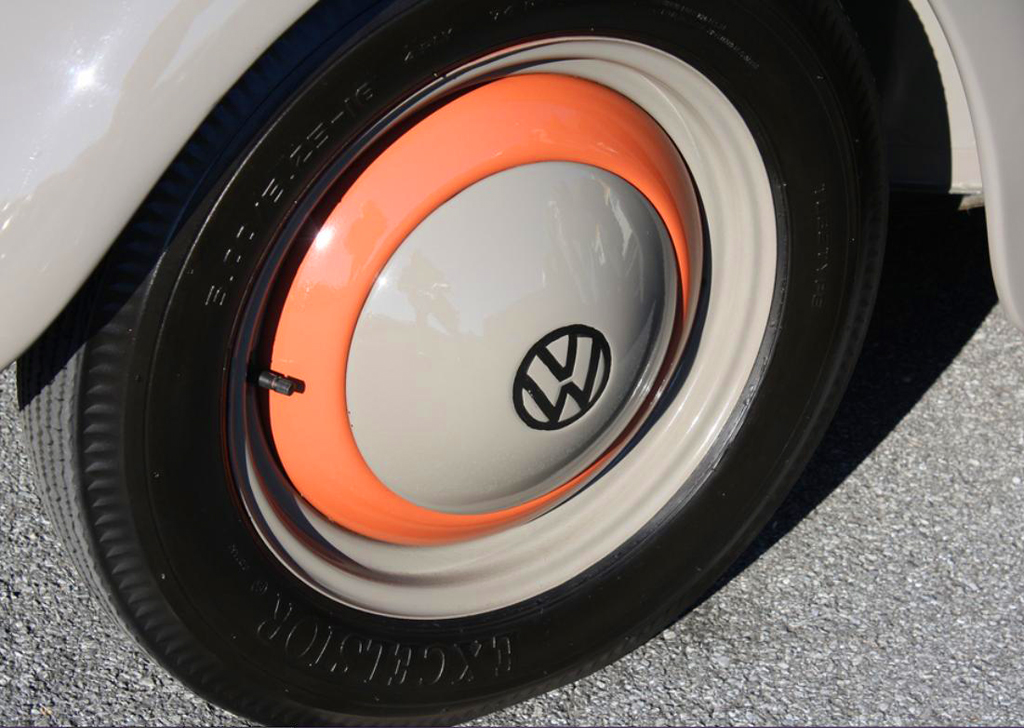
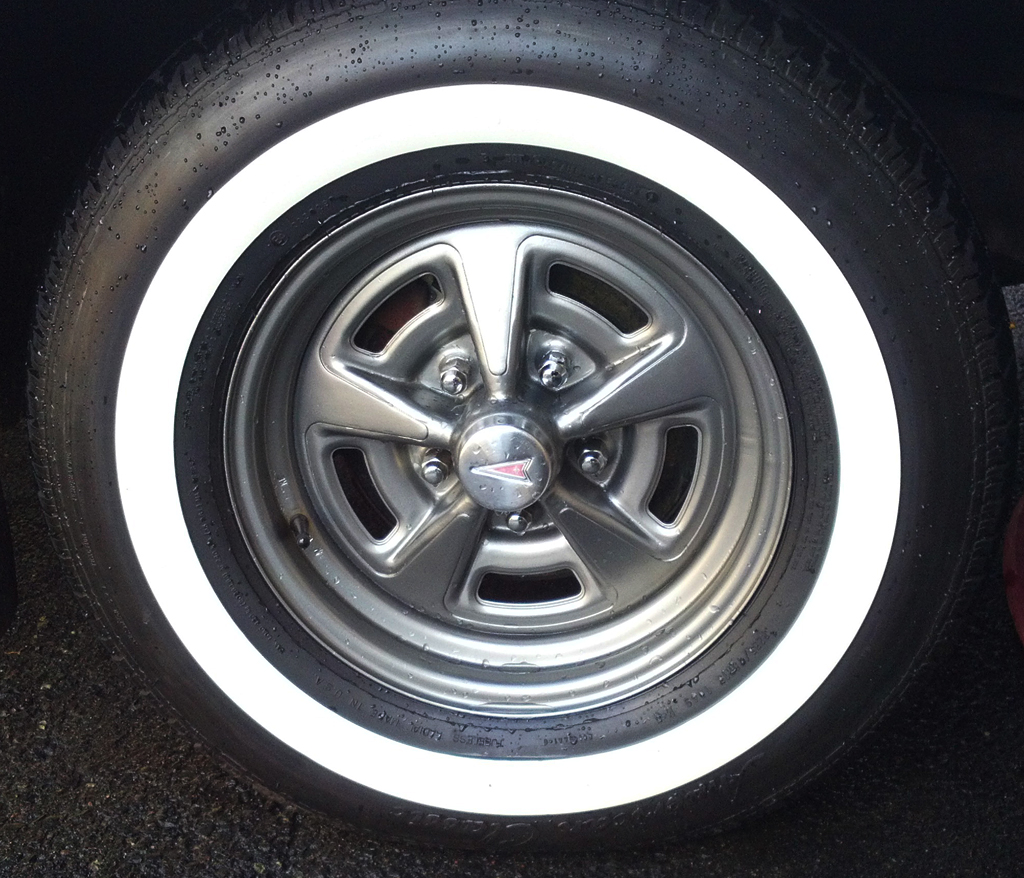
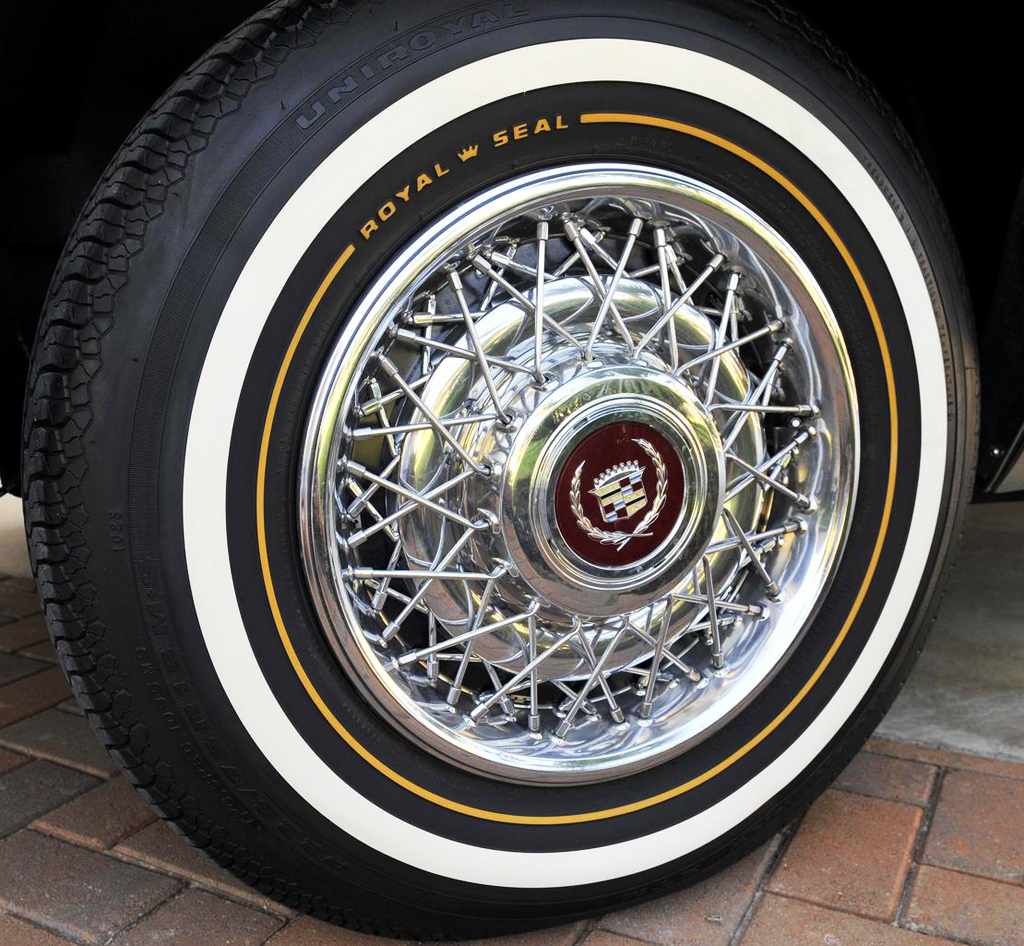
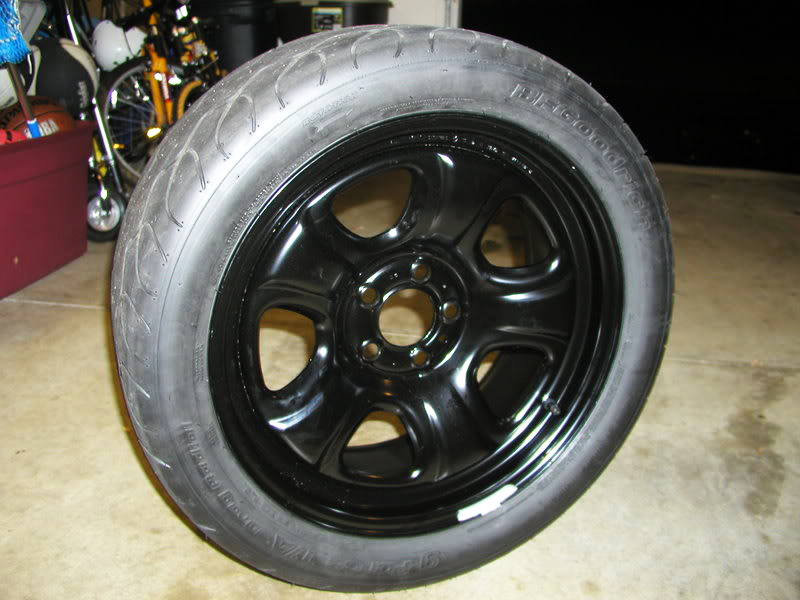
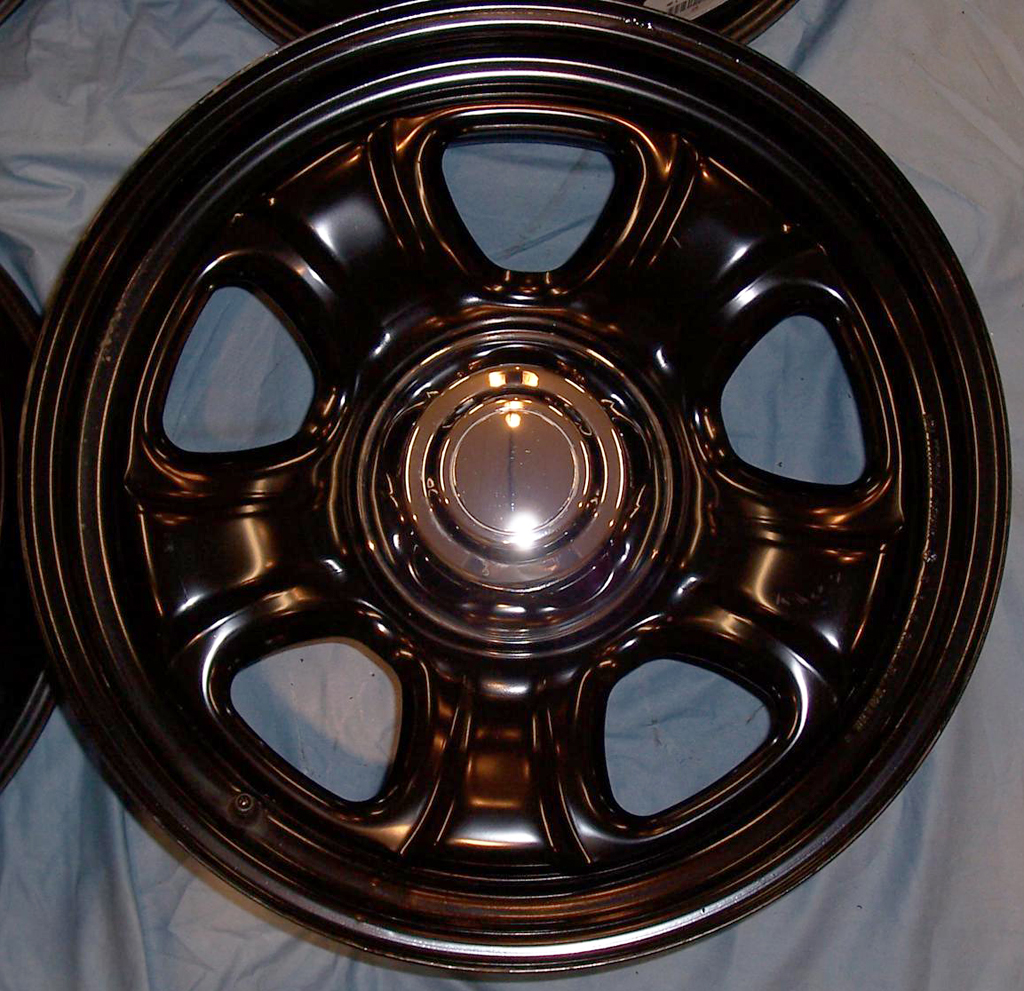
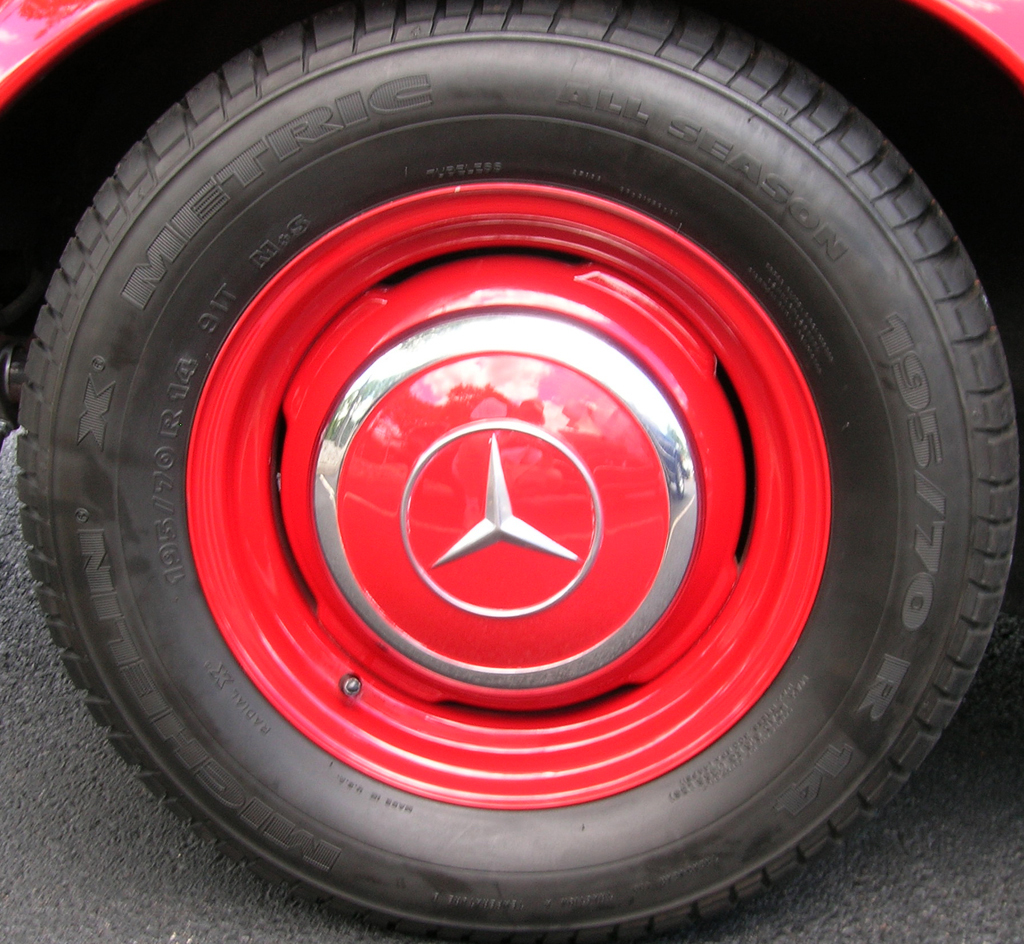
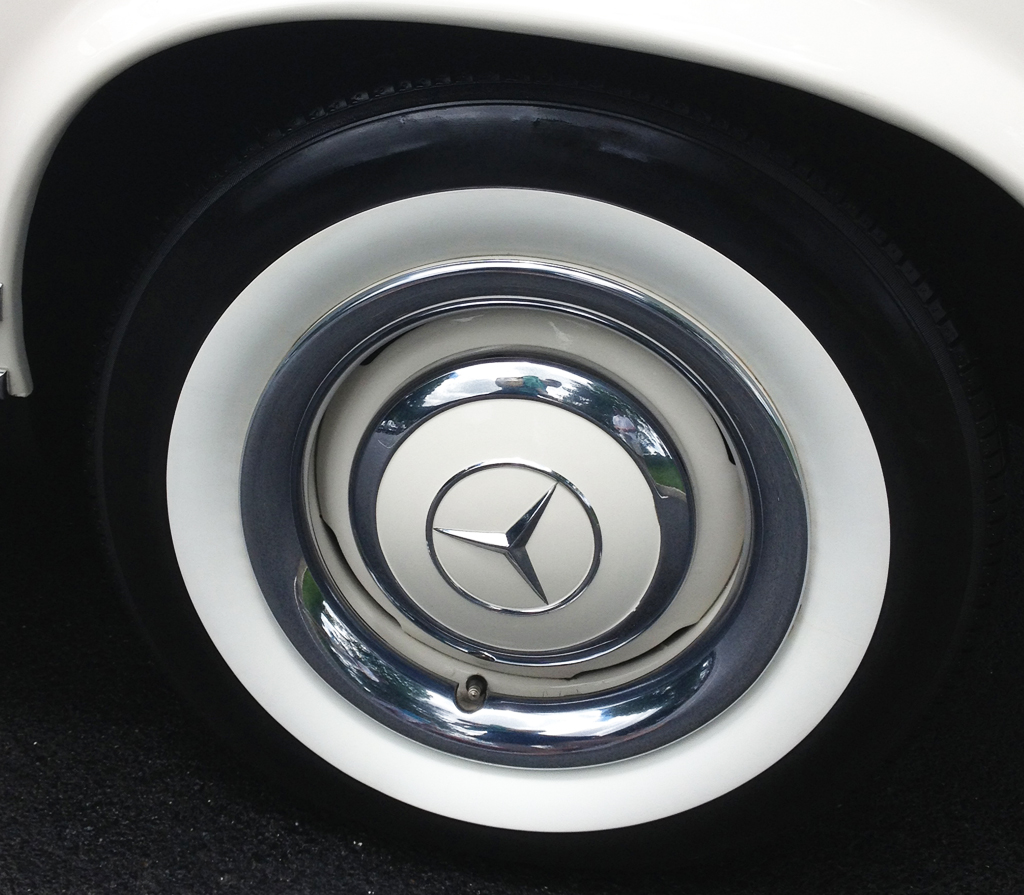
Neat concept to hang an article on. The 1963-1965 Buick Riviera springs to mind first, but I trouble arguing with the Continental Mark II.